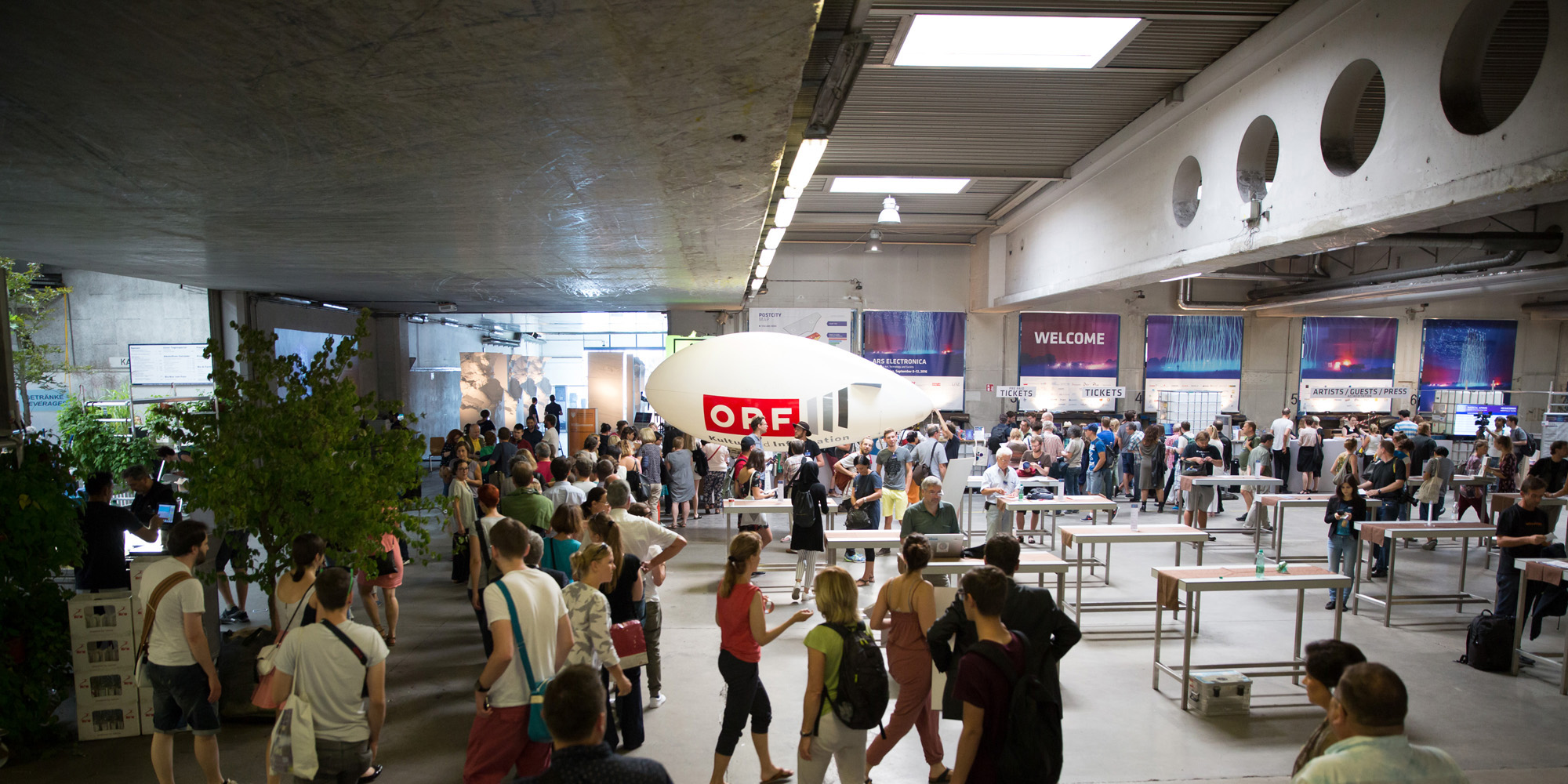September 8, 2016, 10 AM. POSTCITY opens its doors, and the first festivalgoers and artists enter the huge exhibition space. Ars Electronica had the opportunity once again to stage the annual festival in this extraordinary location over five days in September.
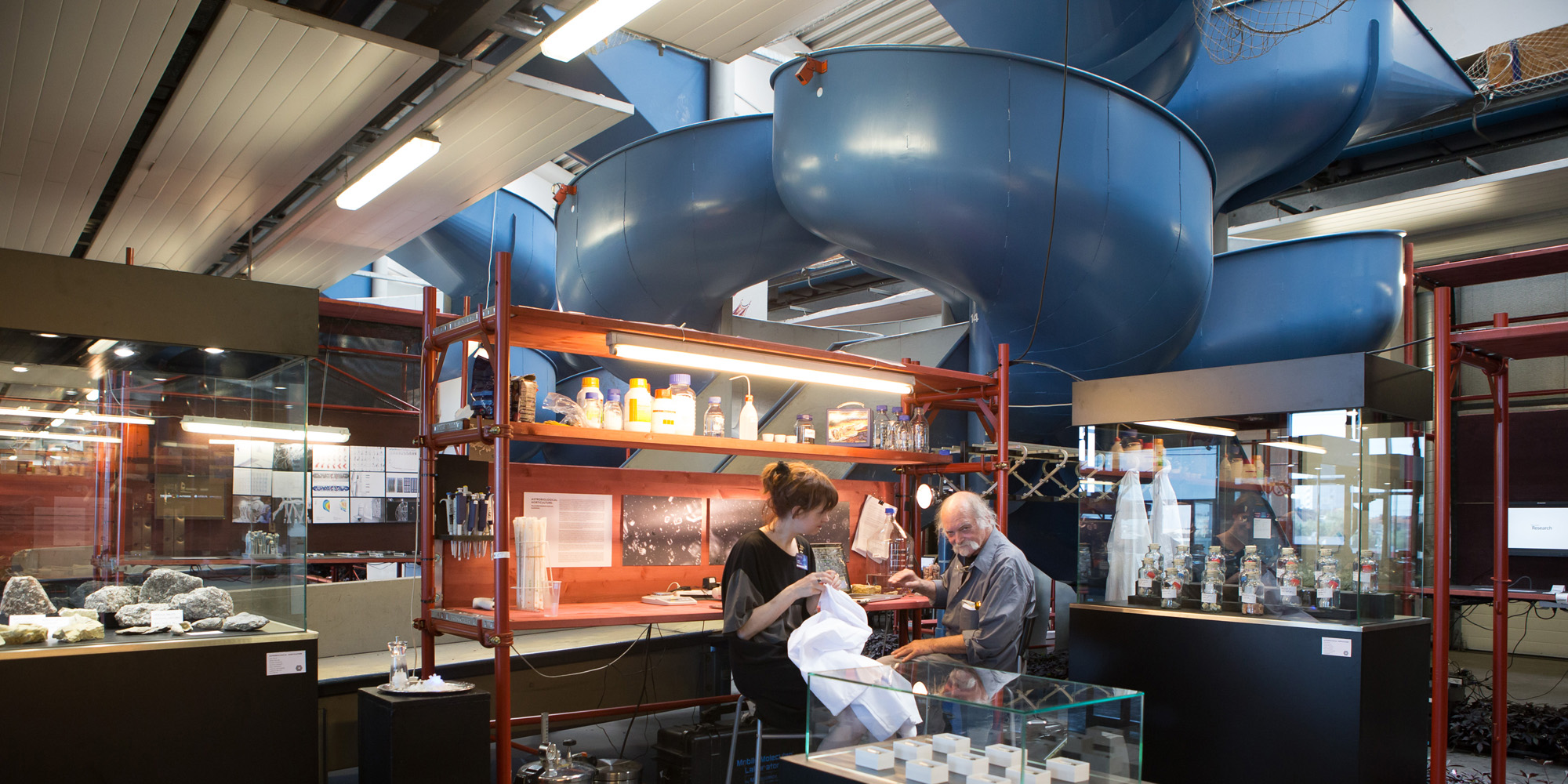
Credit: Florian Voggeneder
Artists, scientists and alchemists—here, for example, Joe Davis—installed their works, devices, and equipment in their own Artist Labs.
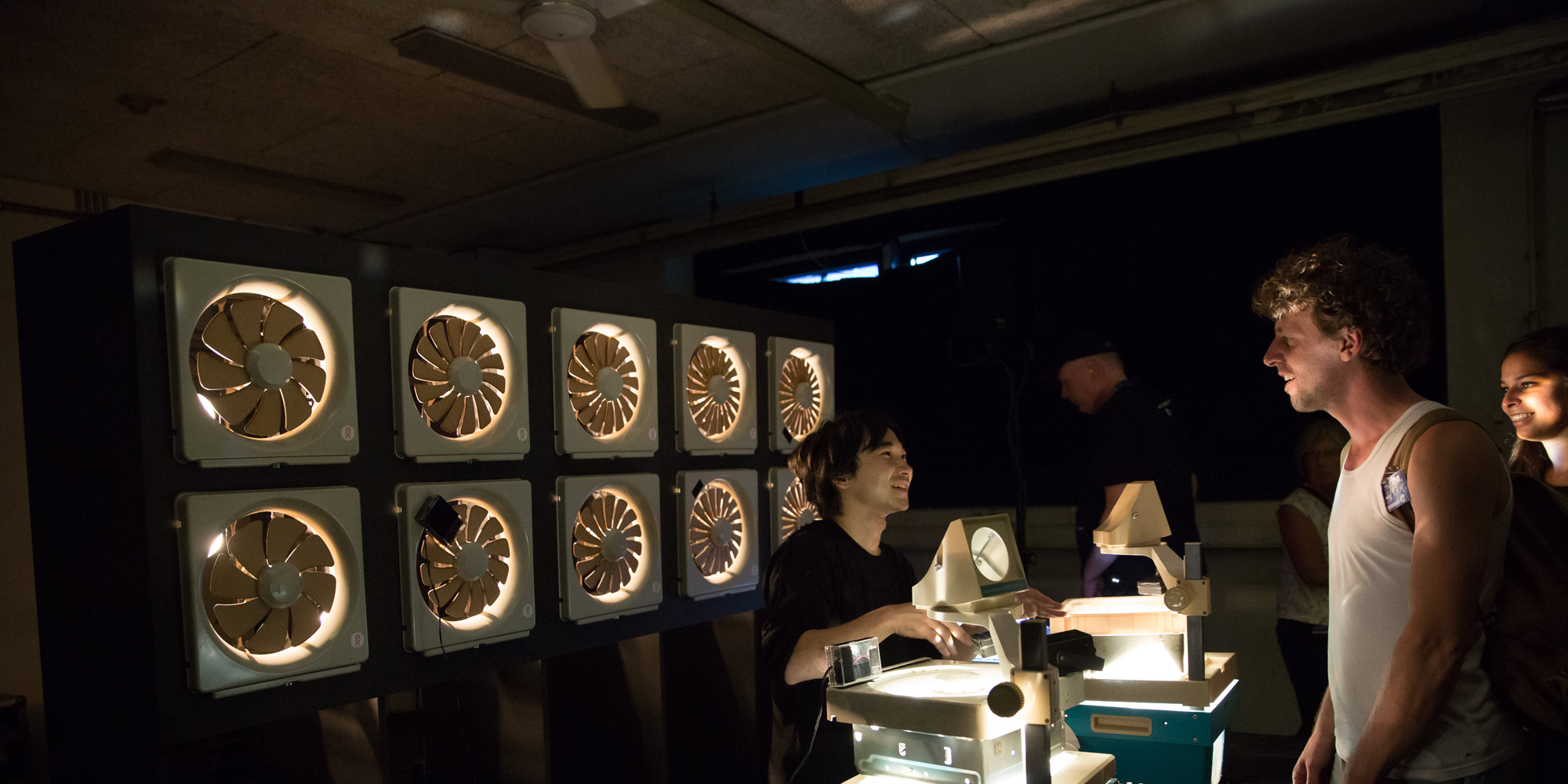
Credit: Florian Voggeneder
In addition to art and technology, they brought a tremendous amount of inspiration and inventiveness along with them. Here’s Ei Wada with “The Kankisenthizer,” an instrument he constructed out of old fans.

Credit: Tom Mesic
When irritating influences from your immediate surroundings threaten to get out of hand, you can shut them out by slipping into the Environment Dress by a group of artists named uh513.
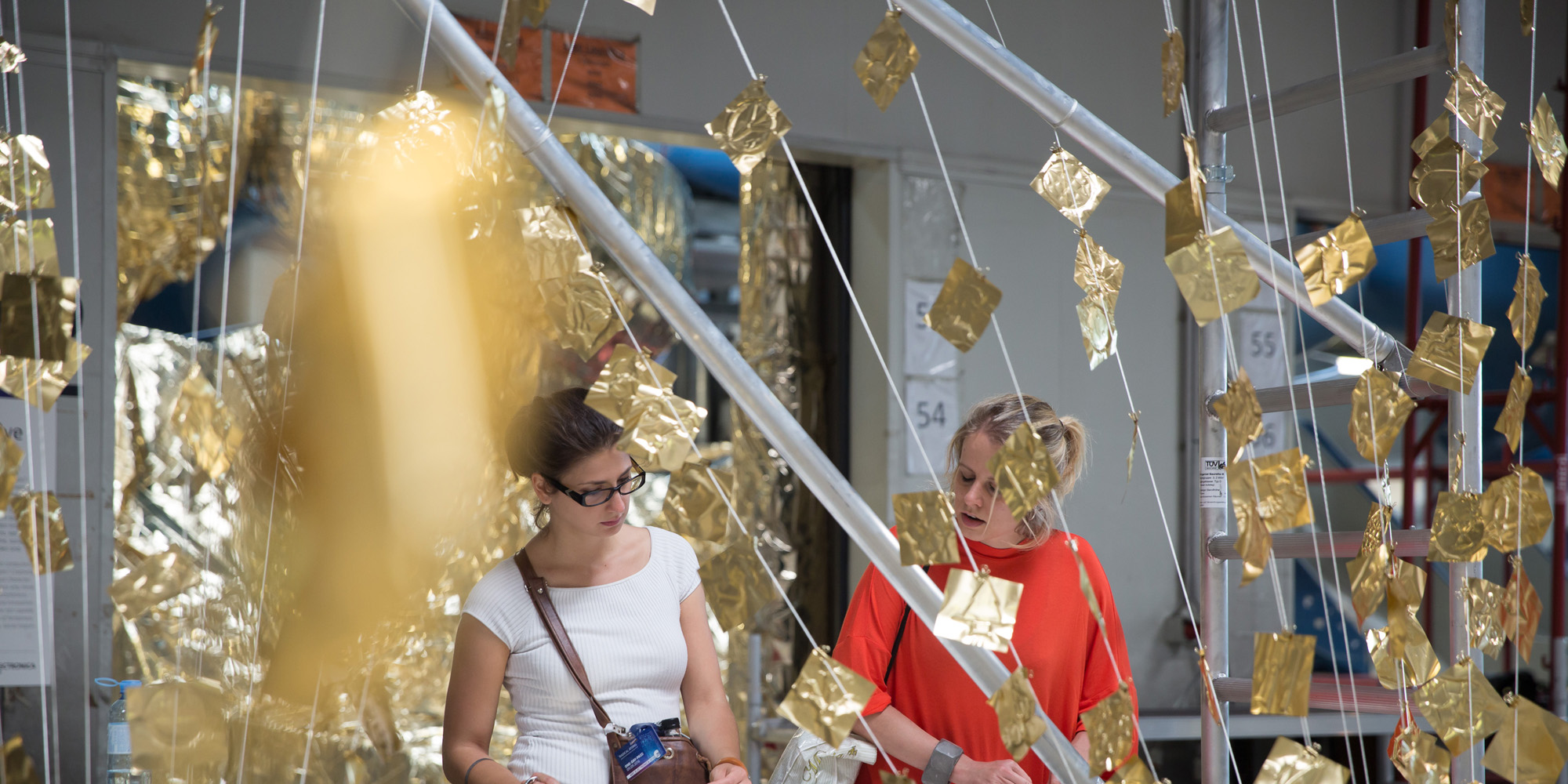
Credit: Tom Mesic
The festival showcased the alchemists of our time. Was it gold that the alchemists were after back then? Is that the case today? And for that matter, what is the gold of our time? Ars Electronica Solutions’ “Laboratorium” exhibition confronted festivalgoers with those very questions.
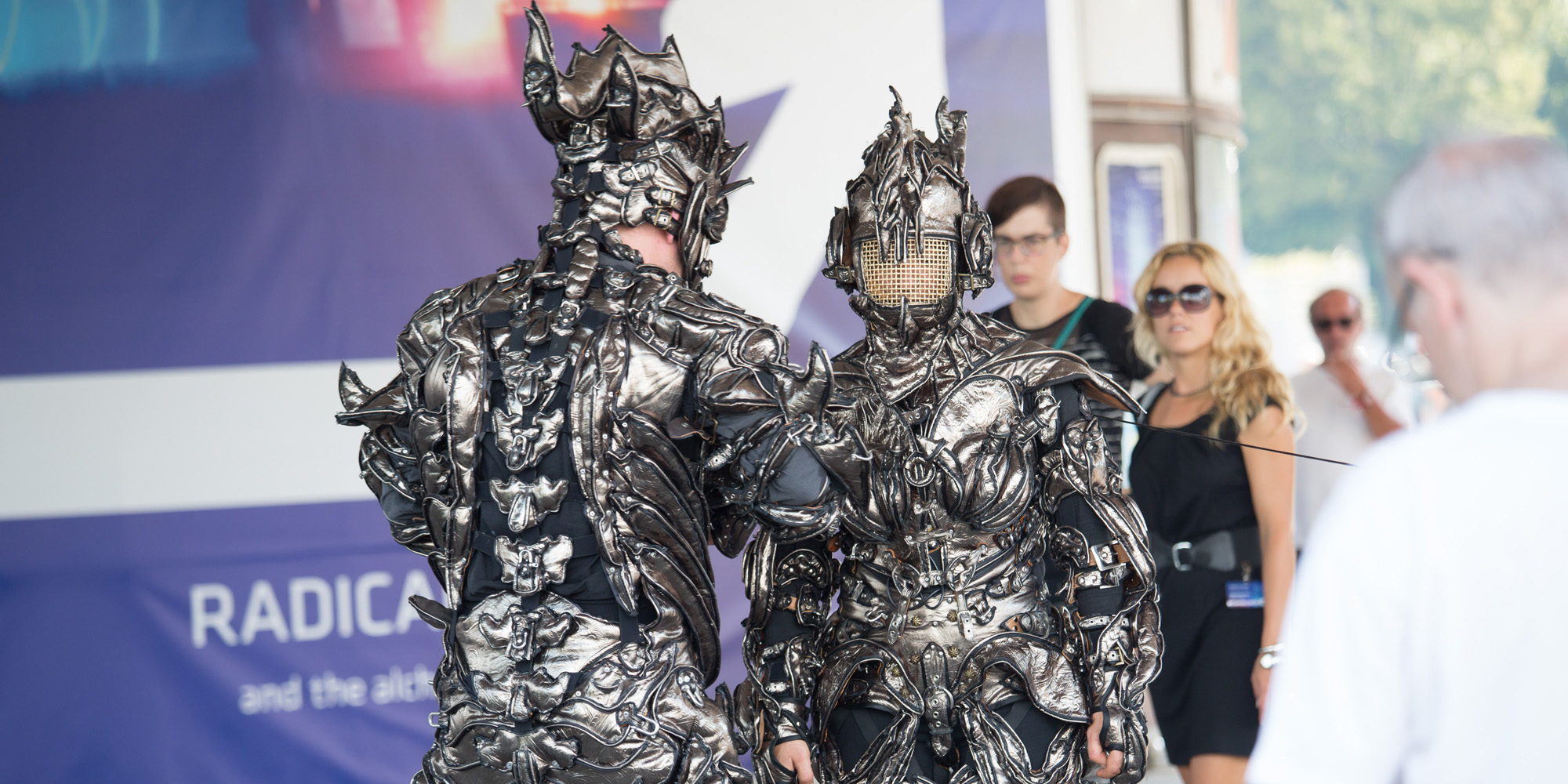
Credit: Tom Mesic
Are these medieval suits of armor or futuristic space suits? Jens Vetter and Sarah Leimcke on their “Homo Restis” tour through POSTCITY.
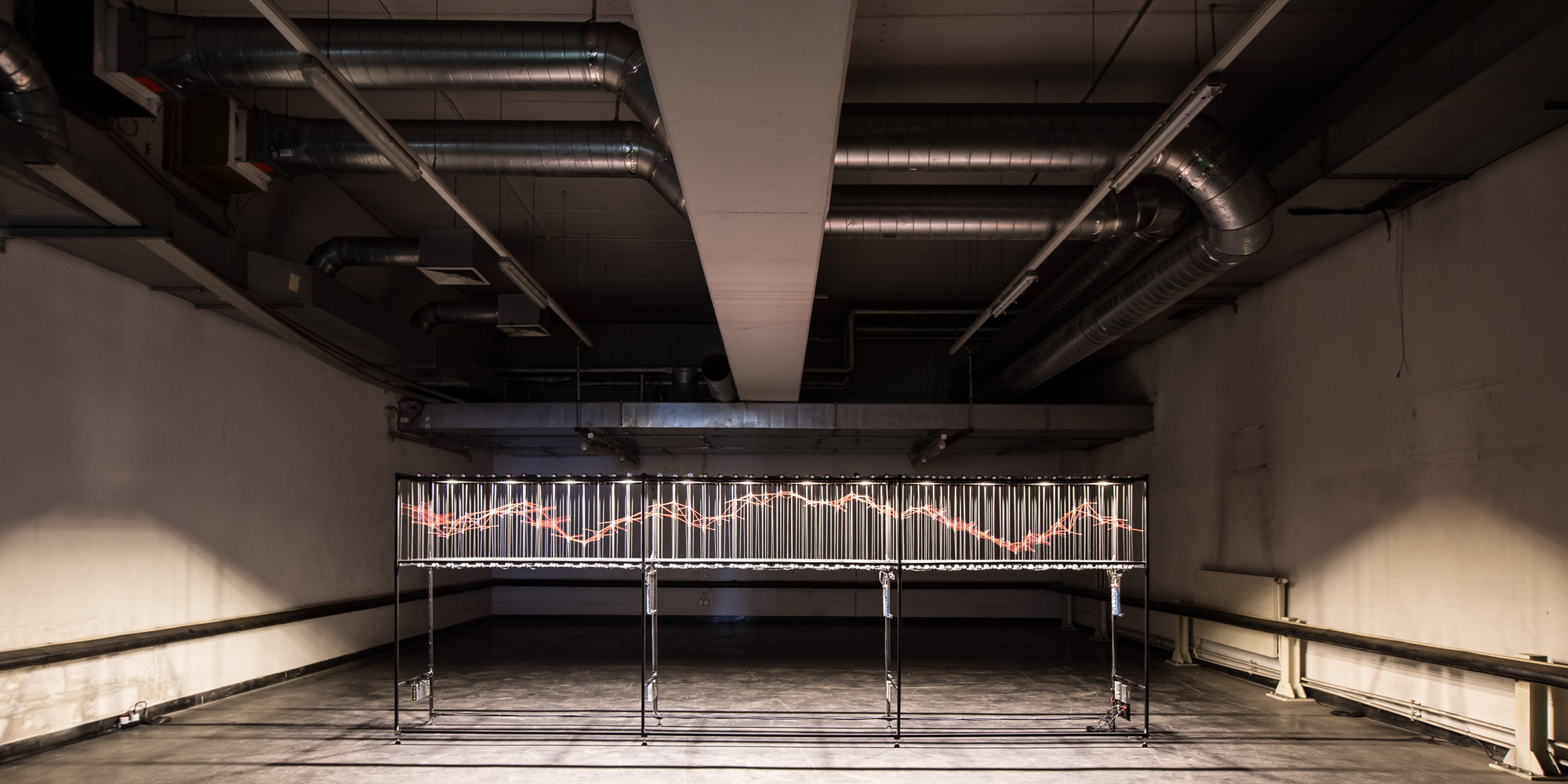
Credit: Tom Mesic
One thing there was never a shortage of in POSTCITY was space! “Interface I” by Ralf Baecker is an imposing installation in its own right; displaying it in this setting seemed to even further compound the impact.

Credit: Florian Voggeneder
One thing there was never a shortage of in POSTCITY was space! “Interface I” by Ralf Baecker is an imposing installation in its own right; displaying it in this setting seemed to even further compound the impact.
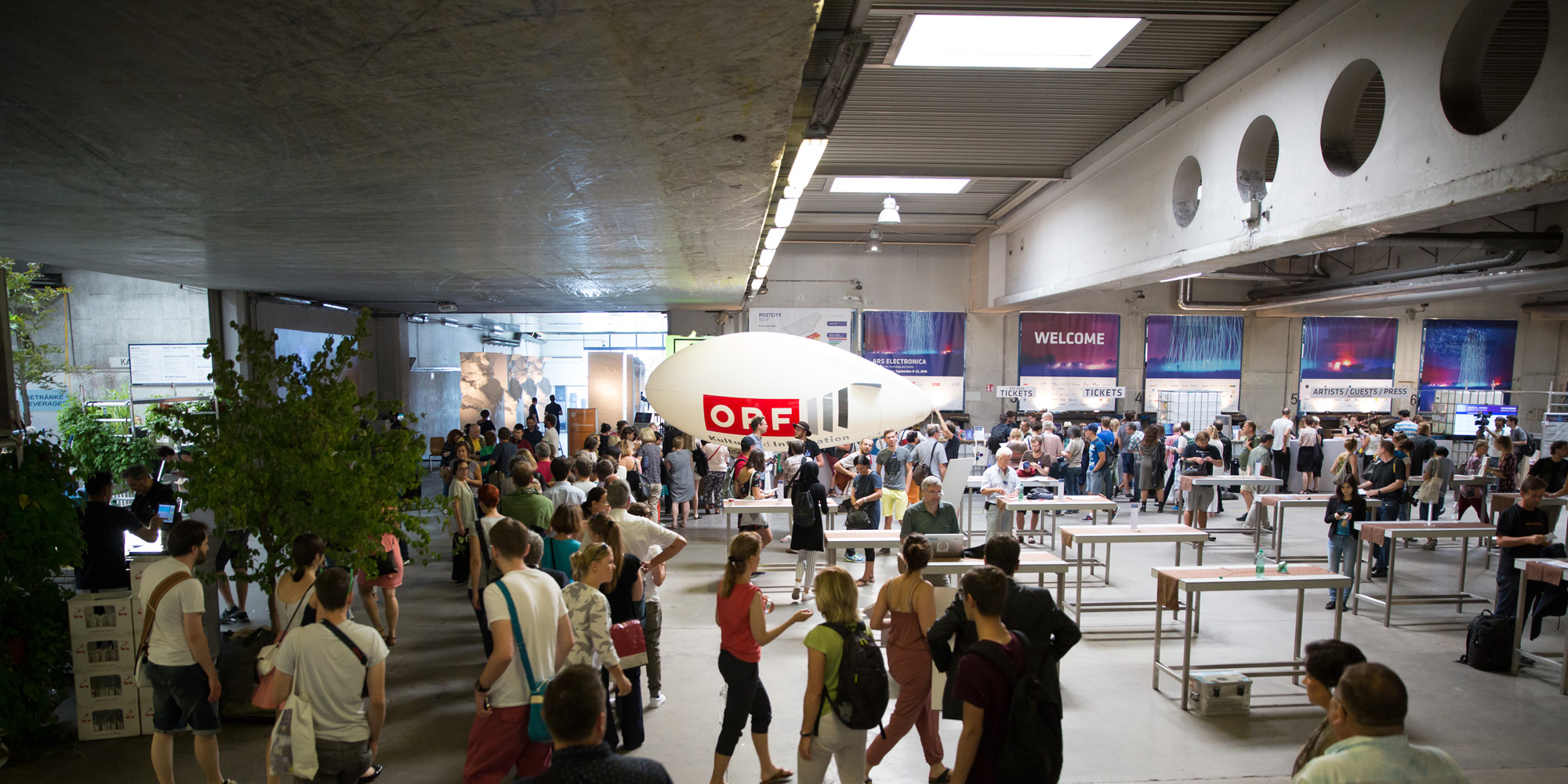
Credit: Tom Mesic
One thing there was never a shortage of in POSTCITY was space! “Interface I” by Ralf Baecker is an imposing installation in its own right; displaying it in this setting seemed to even further compound the impact.
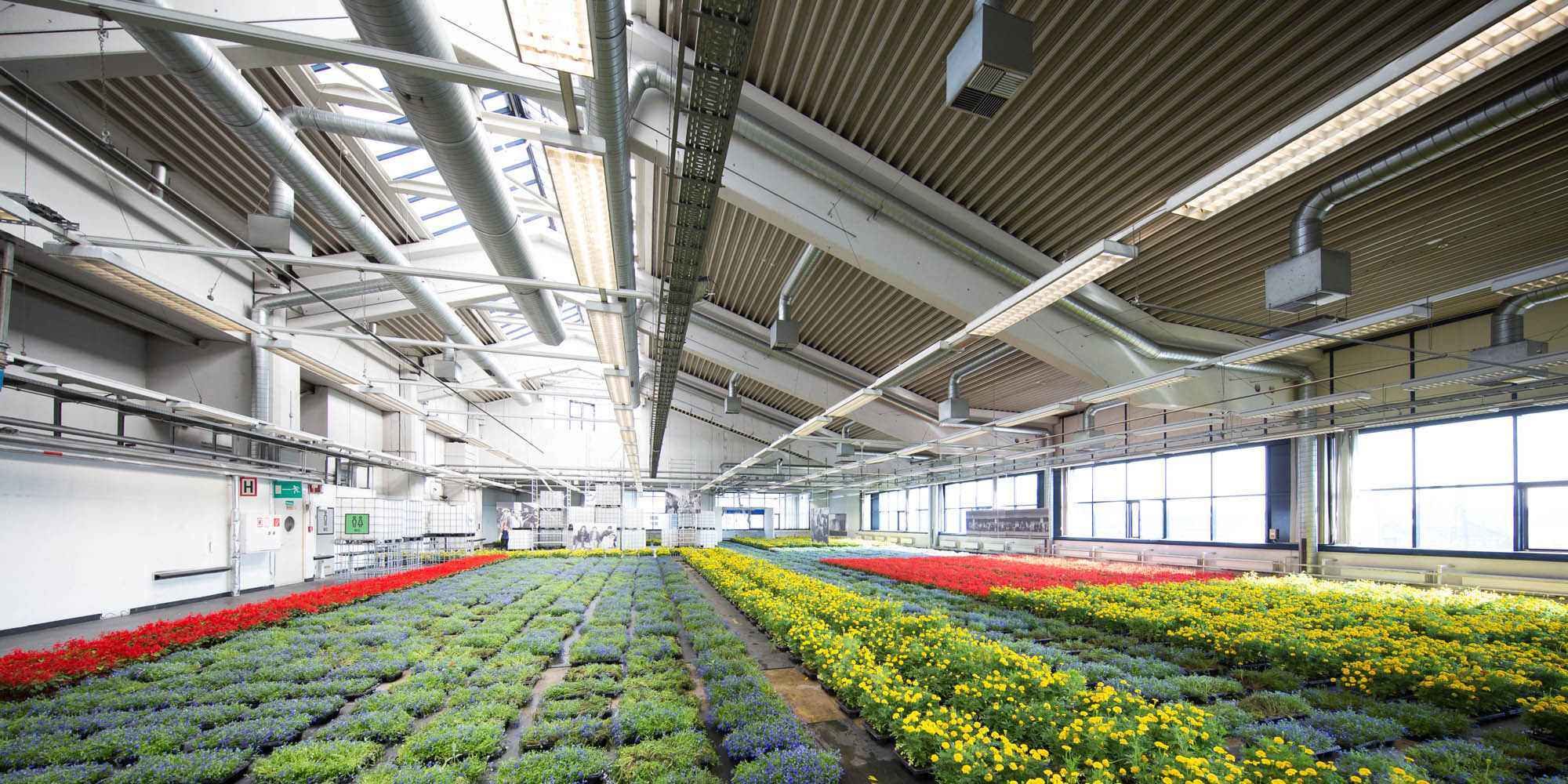
Credit: Tom Mesic
And how will human coexistence play out? This important question was posed by participants in the Helpers Conference held exactly one year after POSTCITY was placed in service as a temporary shelter for people fleeing from war and terror. Each of the 50,000 flowers adorning the conference space recalls the fate of a human being.
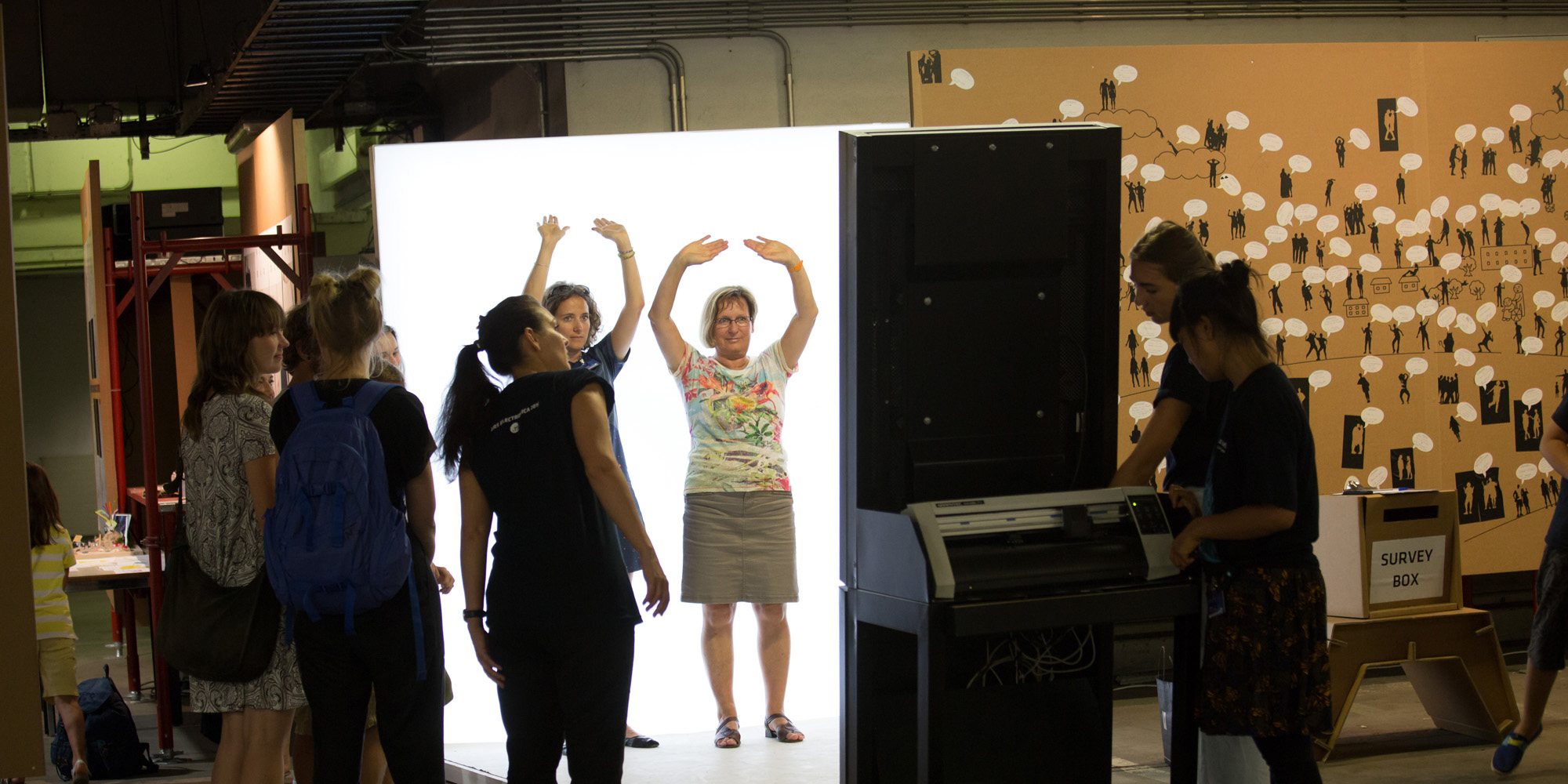
Credit: Tom Mesic
The Shadowgram installation in the People Thinking Lab invited festivalgoers to use stickers shaped like their own silhouettes and accompanying speech bubbles as a means of expressing themselves on the subject of our society’s future.

Credit: Tom Mesic
We human beings seek security. And that’s exactly what “The Physical Mind” by Teun Vonk gives us, apparently, for a while.
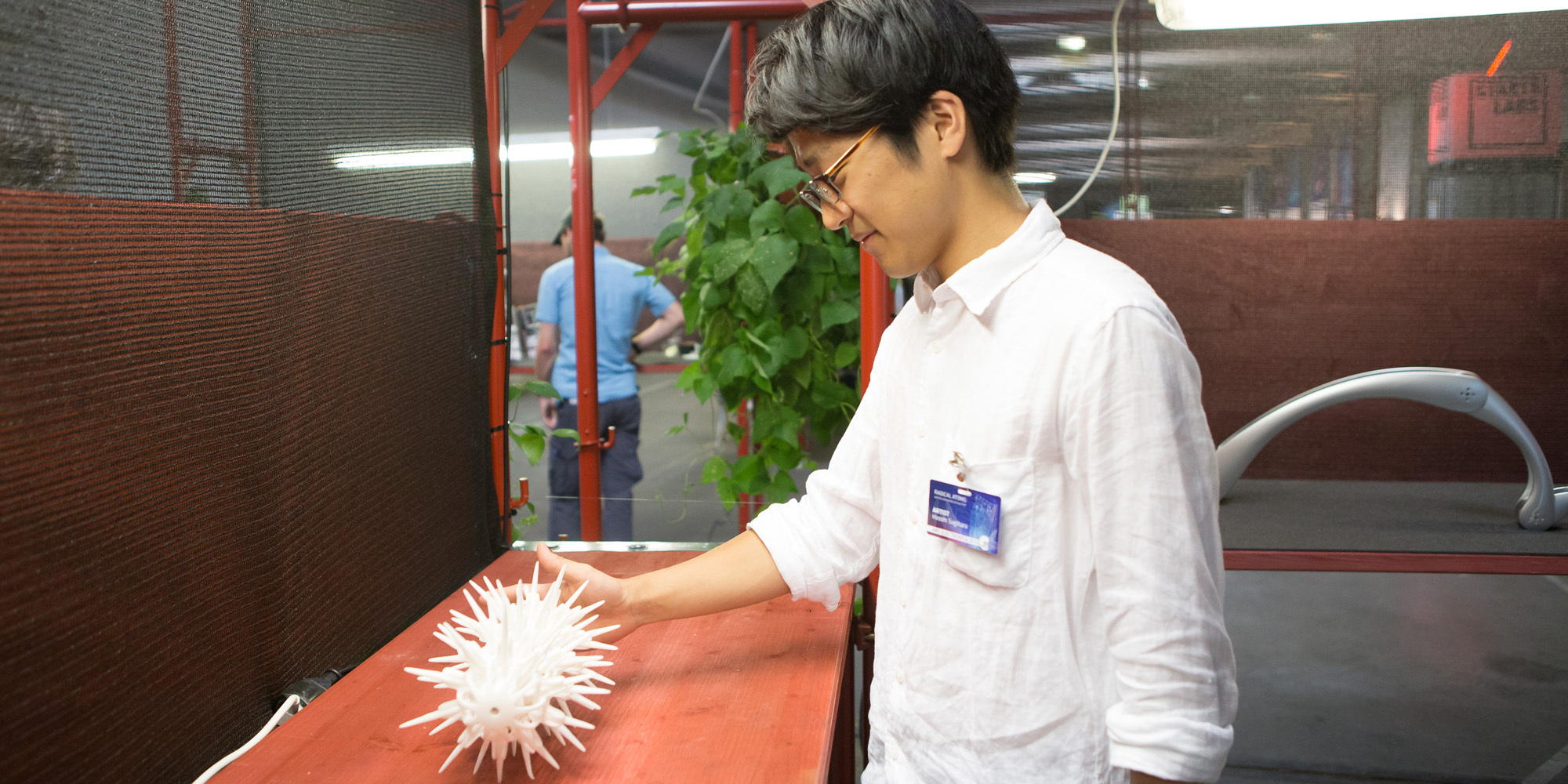
Credit: Florian Voggeneder
What else are we looking for? Hiroshi Sugihara, for example, aims to engender creatures that can also move like real live creatures.
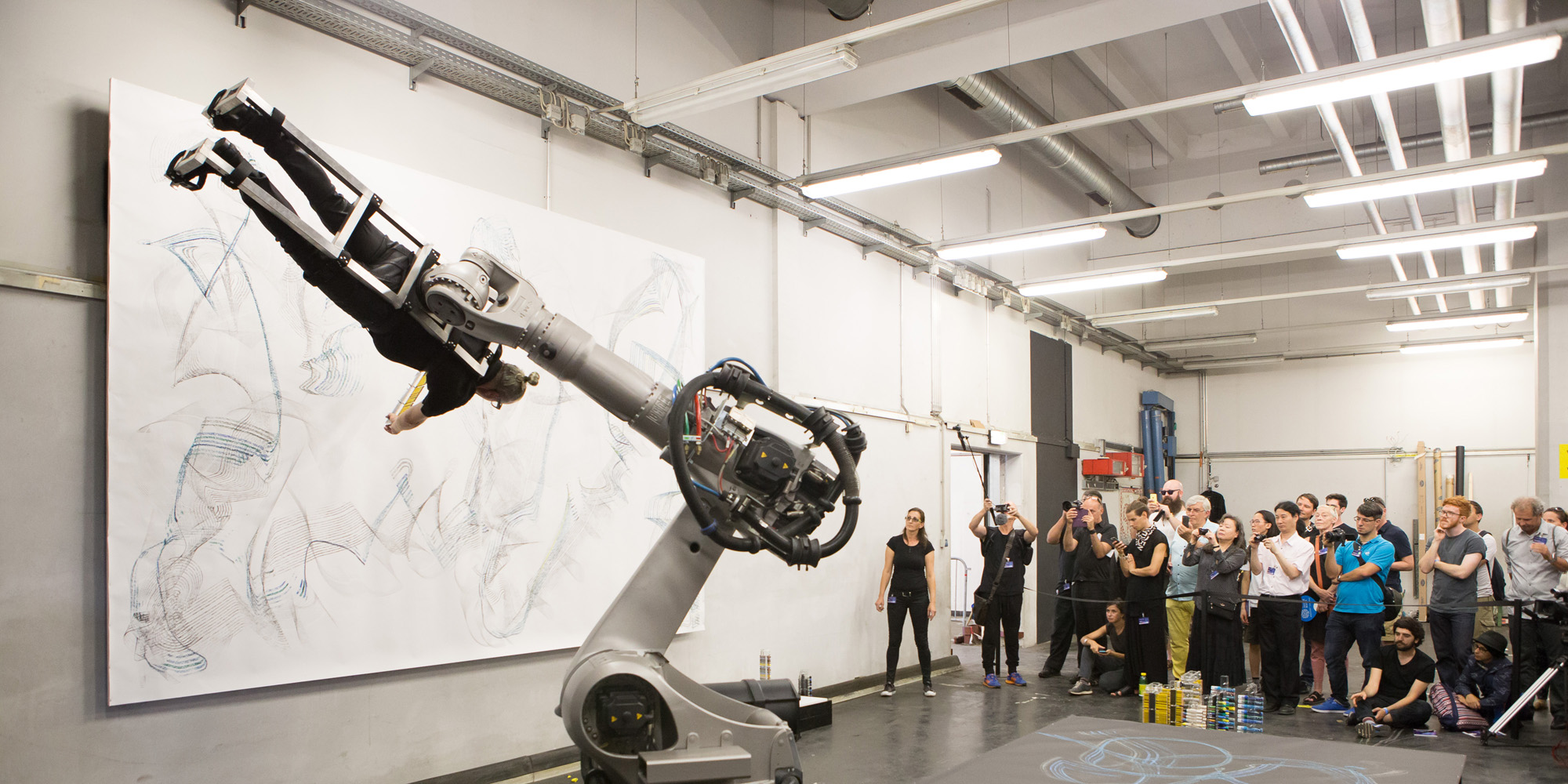
Credit: Florian Voggeneder
That’s nothing like the mode of transportation that Dragan Ilic opted for. In “Roboaction(s) A1 K1,” the painter had himself strapped to an industrial robot that moves him across his canvas.
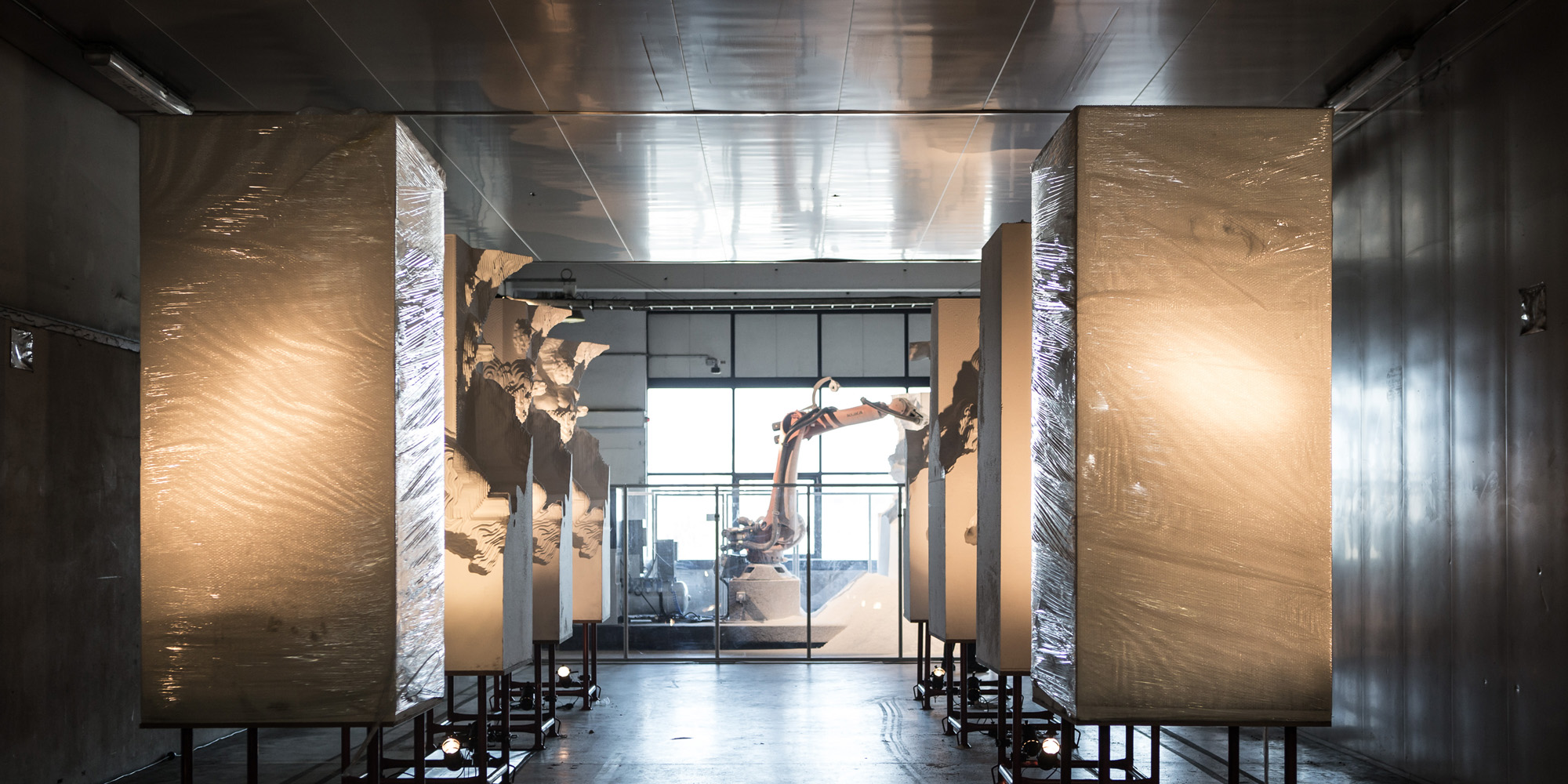
Credit: Tom Mesic
This industrial robot prefers sculpture to painting. Quayola’s “Sculpture Factory” turned out a series of life-size sculptures throughout the festival.
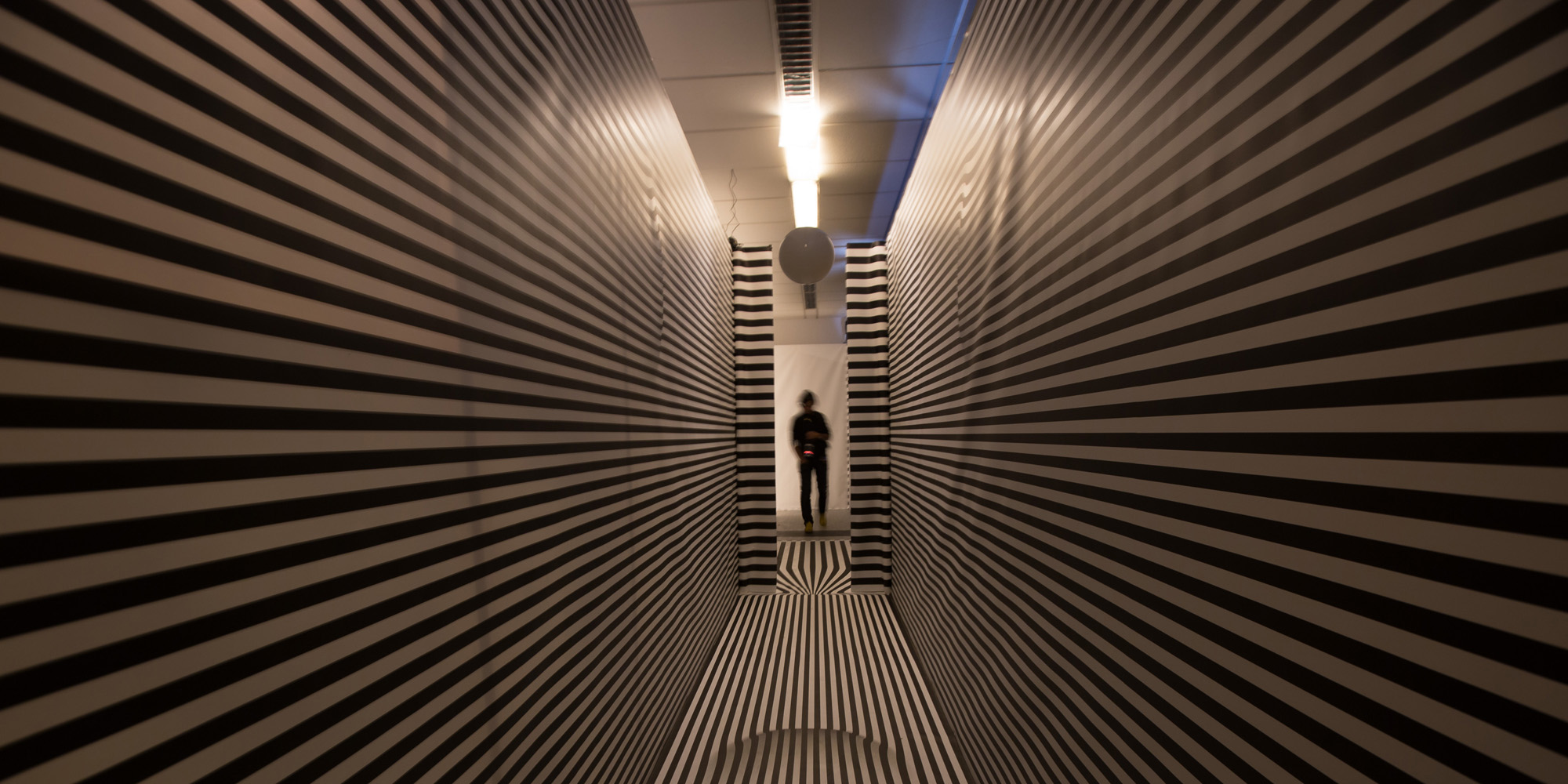
Credit: Florian Voggeneder
A treat for the ears as well as the eyes—the “Sonic Wildness” sonic universe by Steffen Armbruster and Antye Greie-Ripatti.
There was much to behold throughout these five days in September.

Credit: Florian Voggeneder
“Artificial Skins and Bones” is a project by an interdisciplinary group of young designers at the Berlin Weißensee Academy of Art that the European Commission honored with a 2016 STARTS Prize. Prof. Mika Satomi elaborated.

Credit: Florian Voggeneder
Most of the Ars Electronica Festival’s symposia were held in POSTCITY’s conference hall.
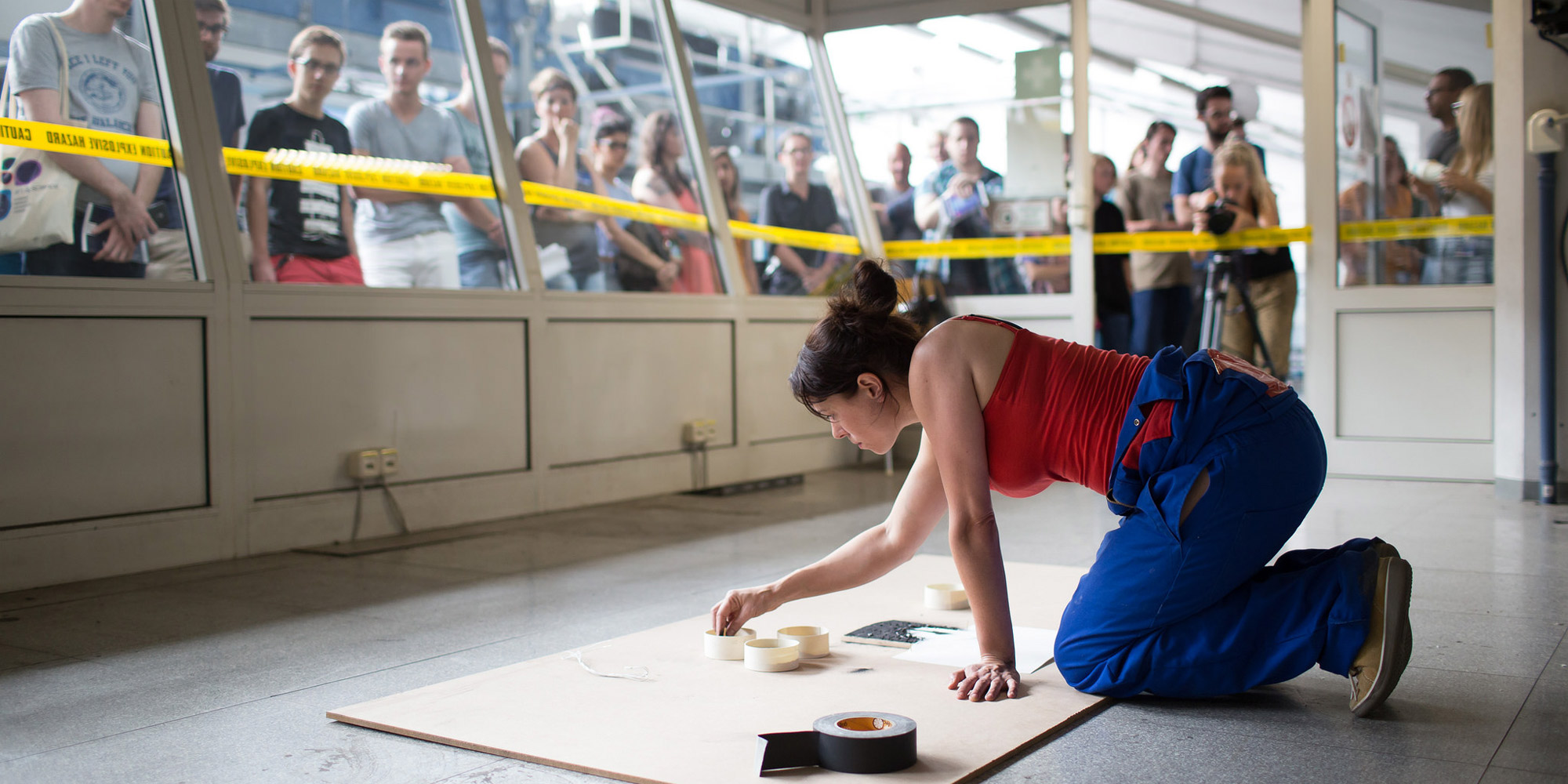
Credit: Florian Voggeneder
The lineup of extraordinary sights in POSTCITY went on and on! Aoife Van Linden Tol made a powerful impression on the art&science jury, and will soon begin her stint as artist-in-residence at the European Space Agency. Her works deal in explosions, and she talked about them here.

Credit: Florian Voggeneder
Virtual reality—fortunately, you can shut it down at will and revert back to the real world.
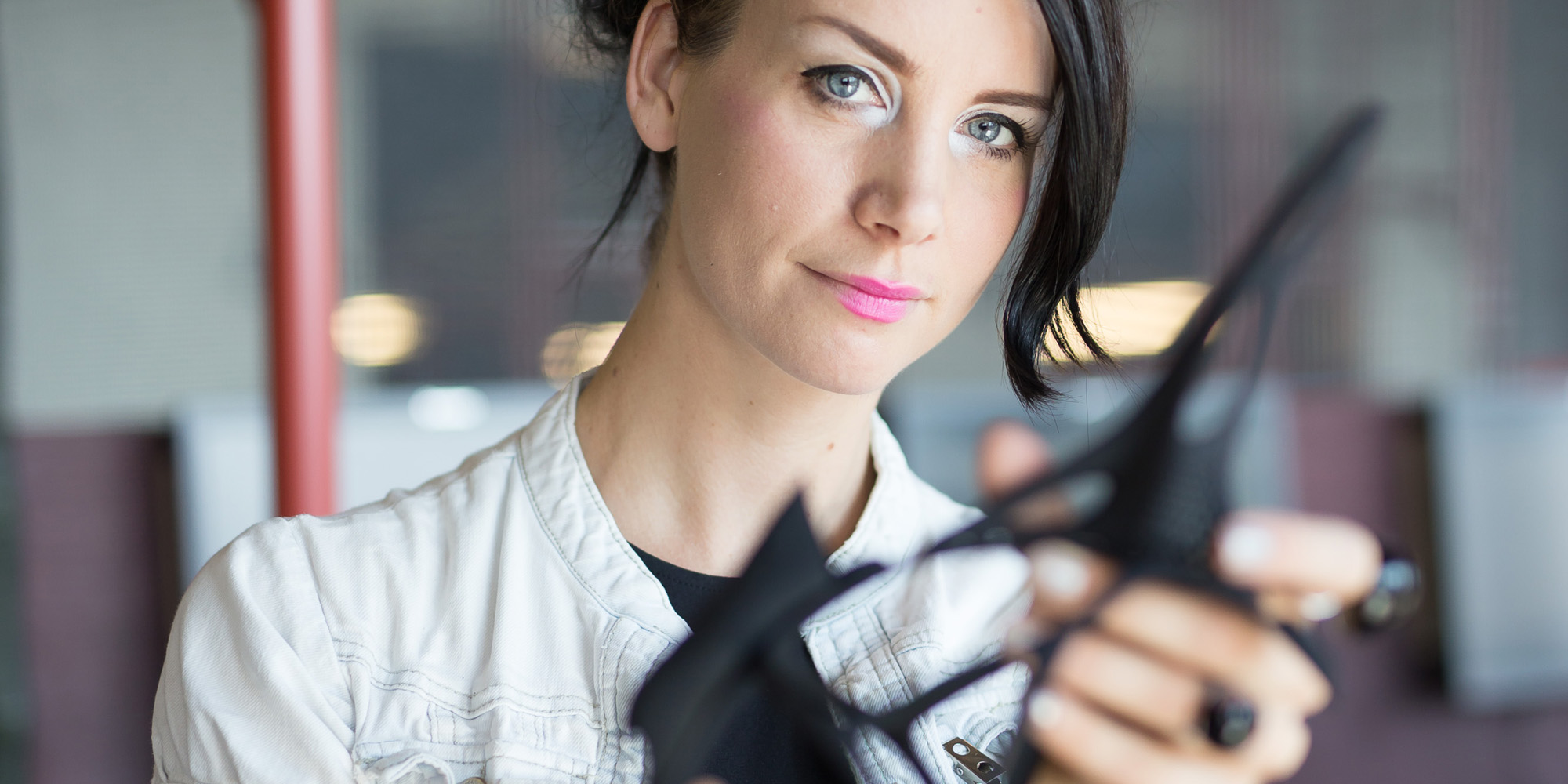
Credit: Florian Voggeneder
In her Artist Lab, artist Anouk Wipprecht presented a wearable entitled “Agent Unicorn” that registers observations via EEG.

Credit: Tom Mesic
Matthew Gardiner focused on the art of folding in his Artist Lab.
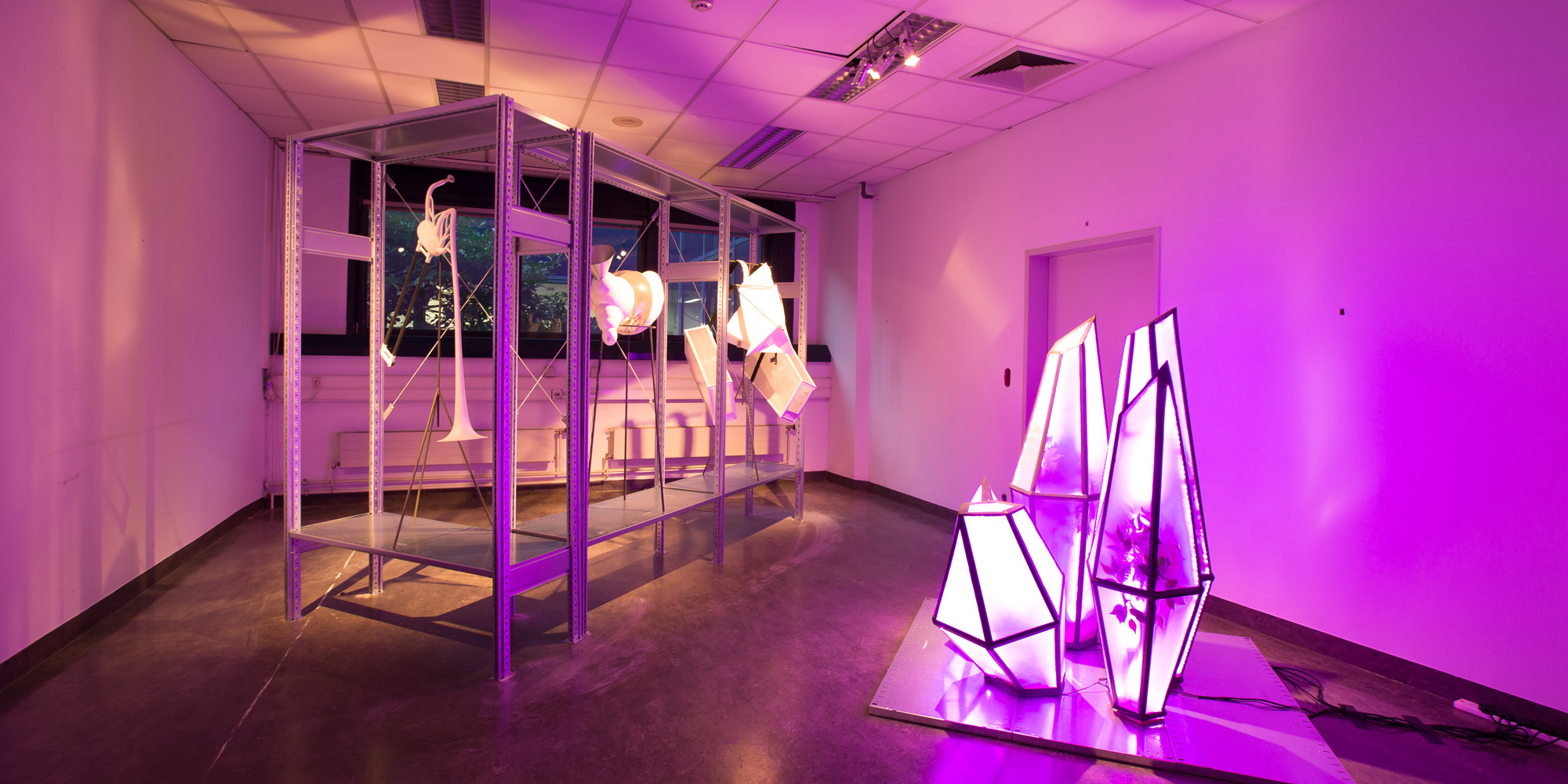
Credit: Florian Voggeneder
“Instruments of the Afterlife” by an artists’ group named Burton Nitta is an exhibition of devices that can transform filth into valuable material.

Credit: Tom Mesic
Robertina Šebjanič and Slavko Glamočanin dealt with communication by jellyfish.
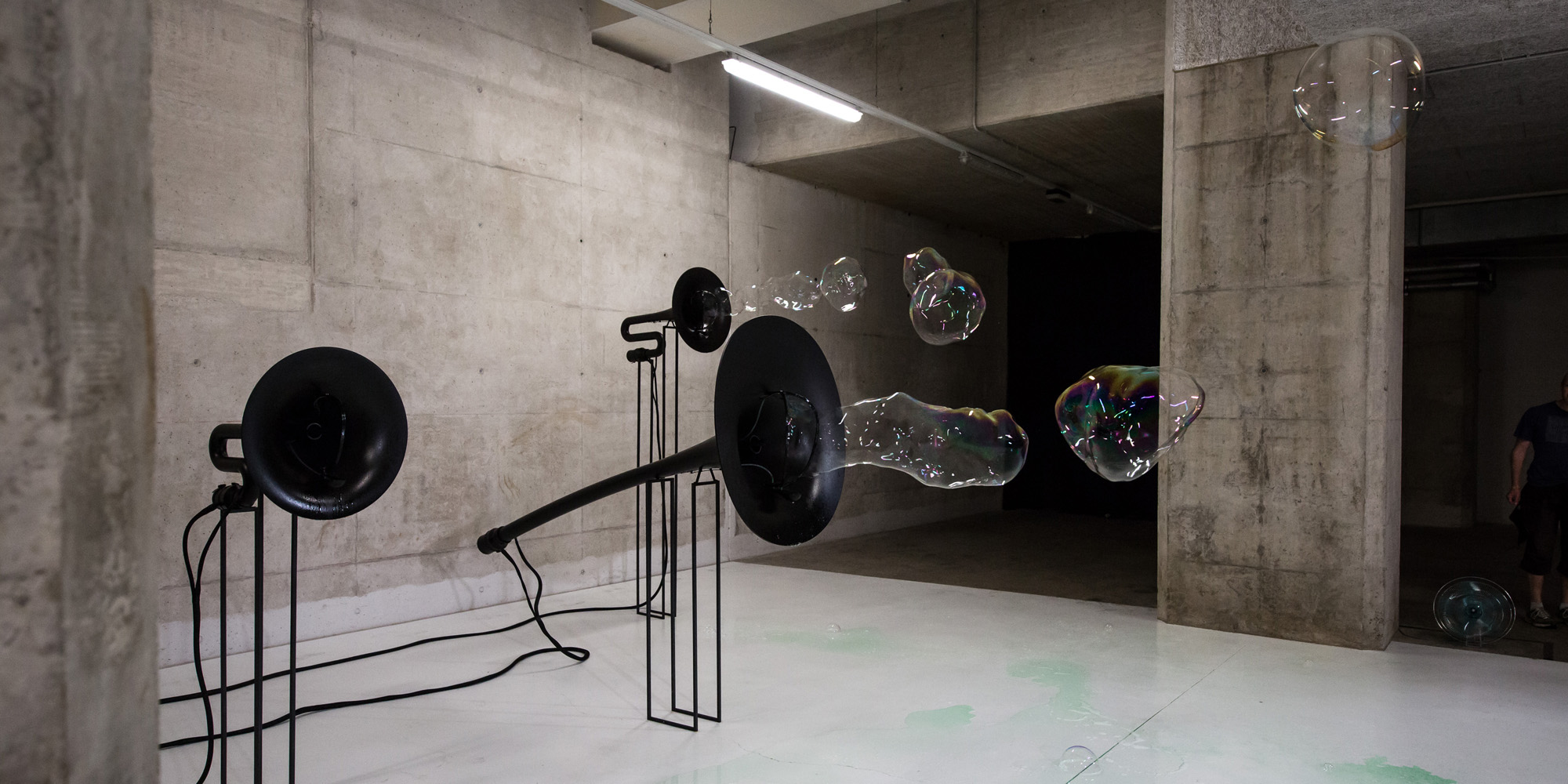
Credit: Tom Mesic
And that brought us to the bunker deep within the bowels of POSTCITY. “Black Hole Horizon” fascinated festivalgoers of all ages with gigantic soap bubbles.
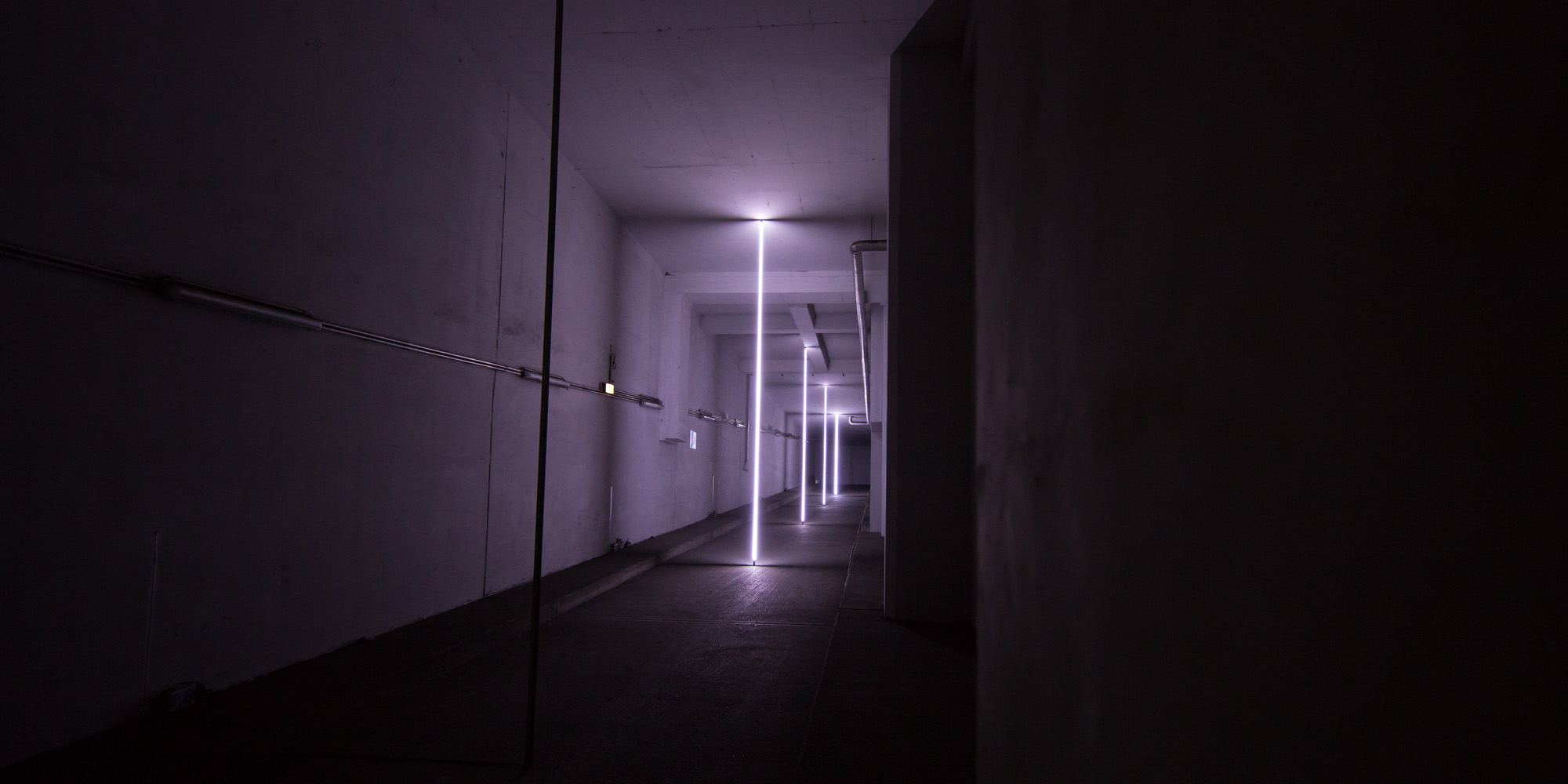
Credit: Tom Mesic
The dark spaces and long corridors of the so-called Underworld offered an ideal ambience for installations like “f2()” by Tomonaga Tokuyama and Yoshinaka Yanagizaki.
Reconnoitering the subterranean domain.
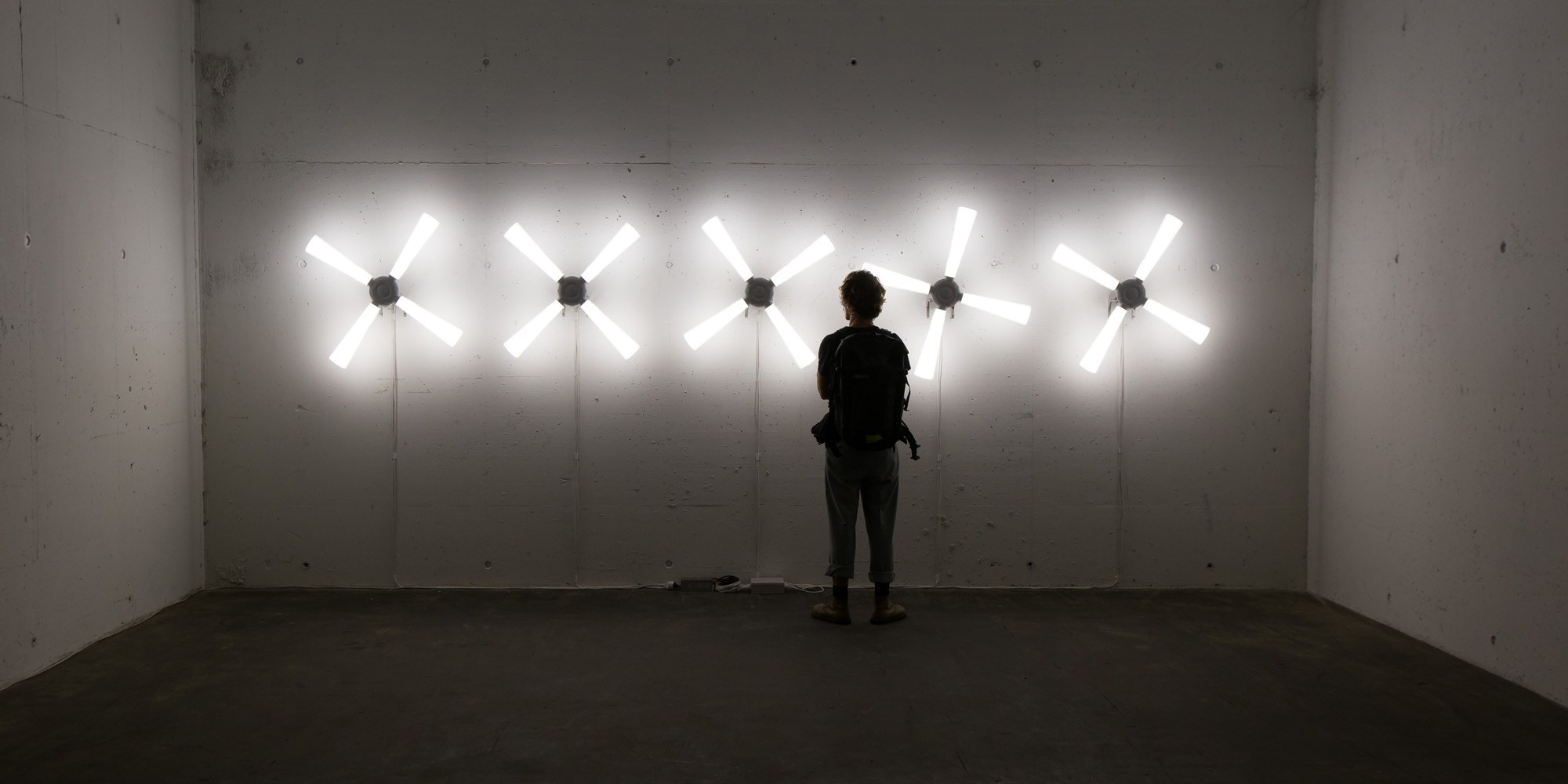
Credit: Tom Mesic
“Rotating Lights” by Stefan Tiefengraber created its own illumination in the former fallout shelter.

Credit: Tom Mesic
Back to ground level, we exit POSTCITY and head to the other Ars Electronica Festival venues. Tsinghua University presented a Chinese take on media art at Linz Art University.
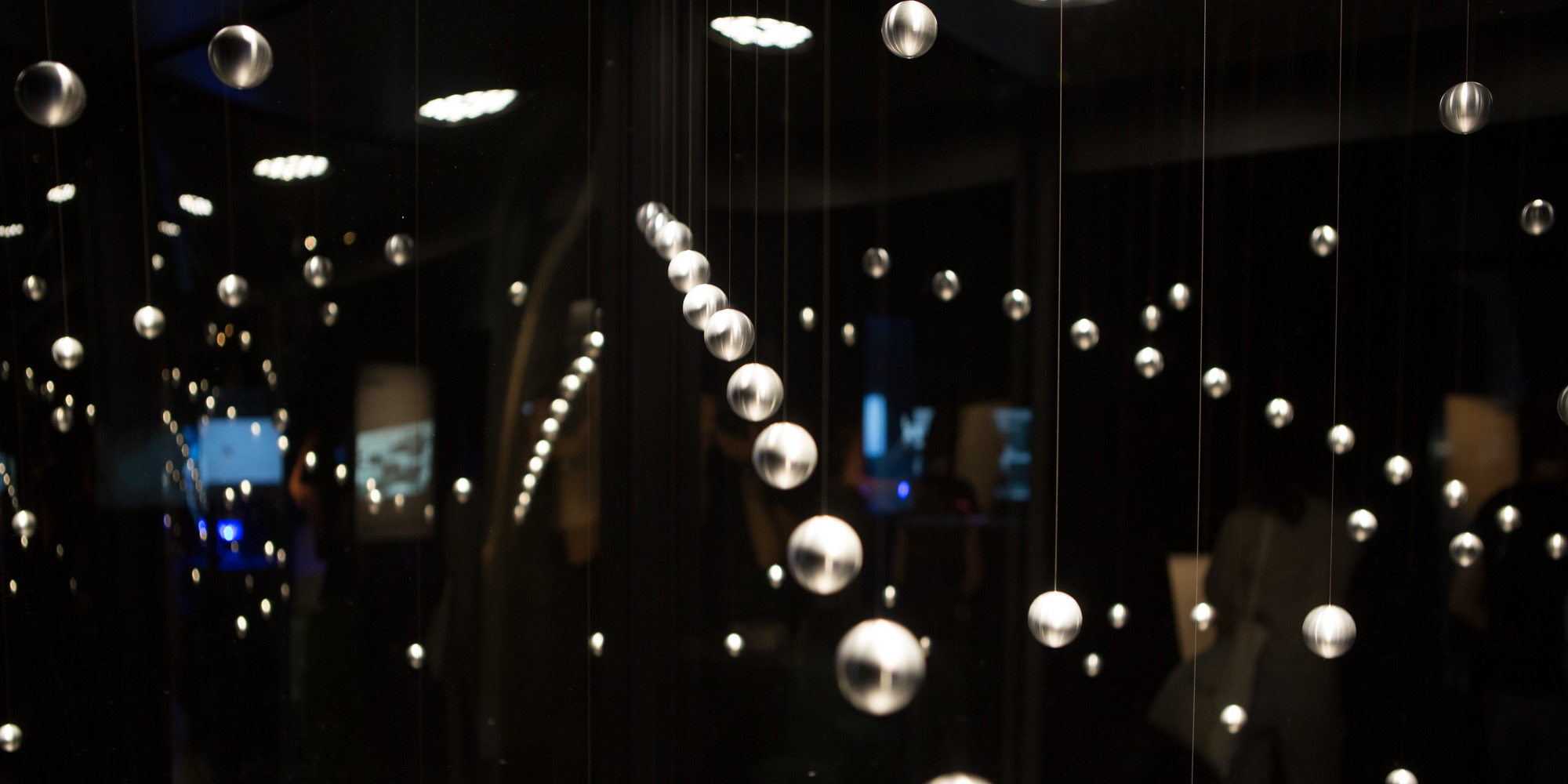
Credit: Florian Voggeneder
“Infinite Cube” by art+com was one of the works in the “Radical Atoms” exhibition at the Ars Electronica Center.

Credit: Florian Voggeneder
“InForm” by the Tangible Media Group at MIT Media Lab is one of the highlights of that exhibition. It enables users to move objects located thousands of kilometers away.
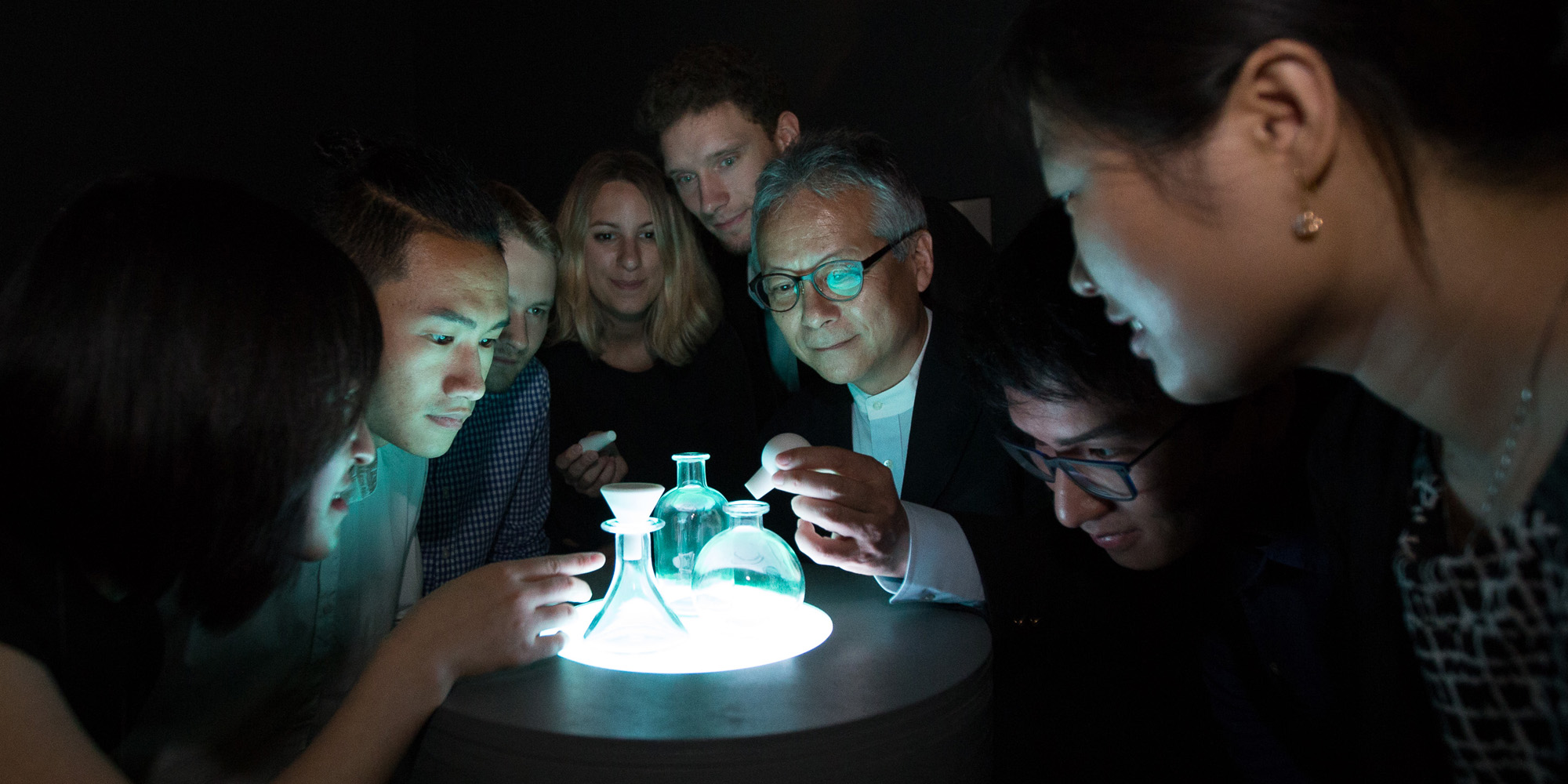
Credit: Florian Voggeneder
Some of the Tangible Media Group’s all-time classics were also on display. Here, Hiroshi Ishii personally presents “Bottles.”

Credit: Tom Mesic
Of course, Deep Space 8K was one of the main attractions at the Ars Electronica Center. Here, non-stop presentations of spectacular content transported spectators into three-dimensional, high-resolution domains—here, “Orbits” by an artists’ group named Quadrature.
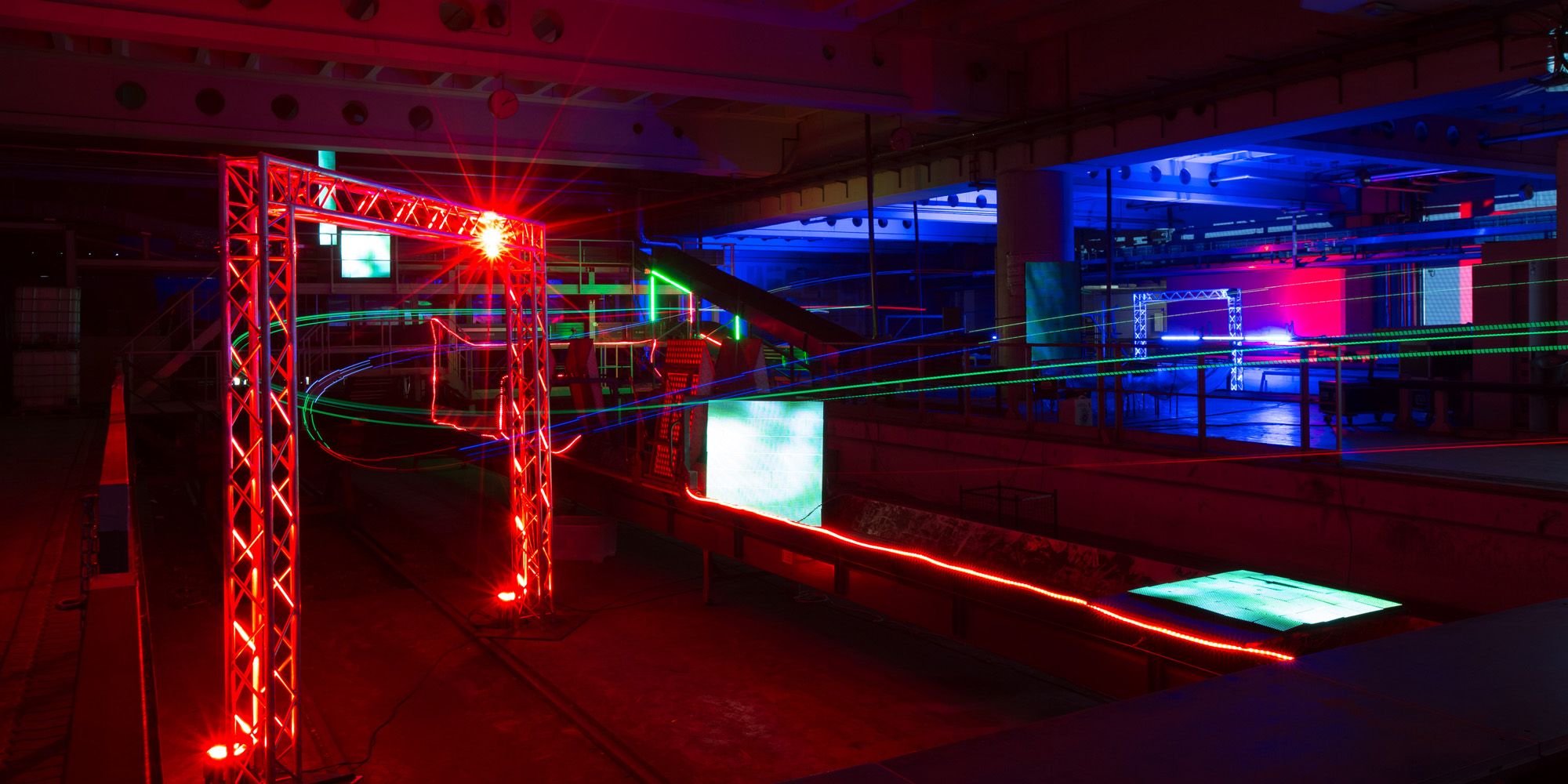
Credit: Florian Voggeneder
The subject of unmanned aerial vehicles was a hot topic among festivalgoers. In POSTCITY’s Train Hall, tiny quadcopters darted past onlookers at speeds of over 100 km/h.

Credit: Gregor Hartl Fotografie
The highlight of the festival was the European public debut of the 100-drone spectacle staged by Ars Electronica and Intel. On Saturday, September 10, 2016 at 7:45 PM, the Ars Electronica Futurelab’s SPAXELS lifted off and created choreographed formations in the airspace above the Danube.
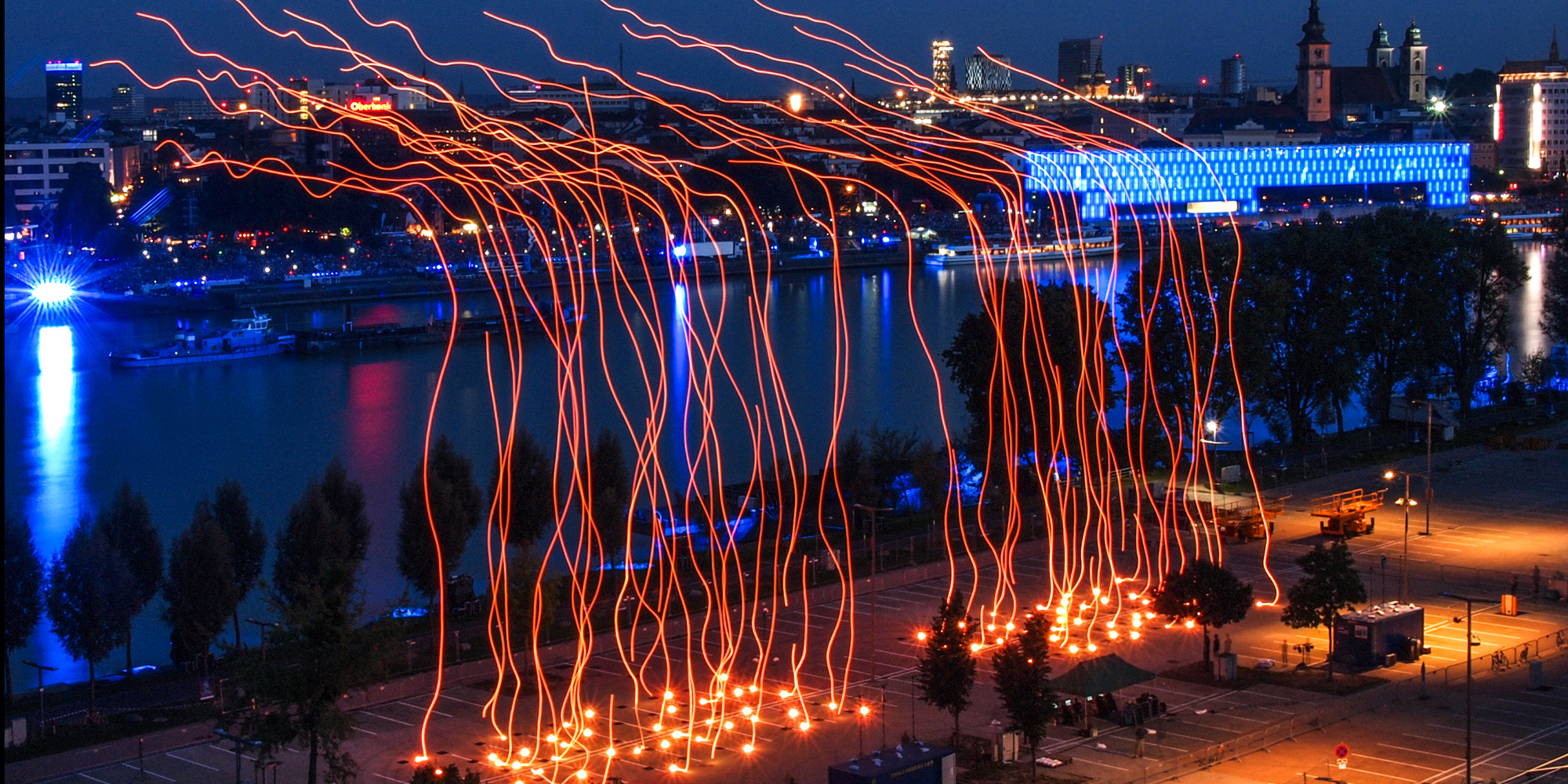
Credit: Martin Hieslmair
A breathtaking display of aerial artistry that 100,000+ spectators won’t soon forget

Credit: Tom Mesic
The Klangwolke [cloud of sound], Linz’s annual alfresco extravaganza, is always a big draw.

Credit: Florian Voggeneder
And anybody who wanted to get hands-on experience piloting a drone themselves could do so at the DroneLab in POSTCITY, where experts were on hand to talk about the exciting ways this technology is being deployed.

Credit: Florian Voggeneder
The Future Innovators Summit in POSTCITY was a conclave for the discussion of issues of tremendous importance to humankind’s future.
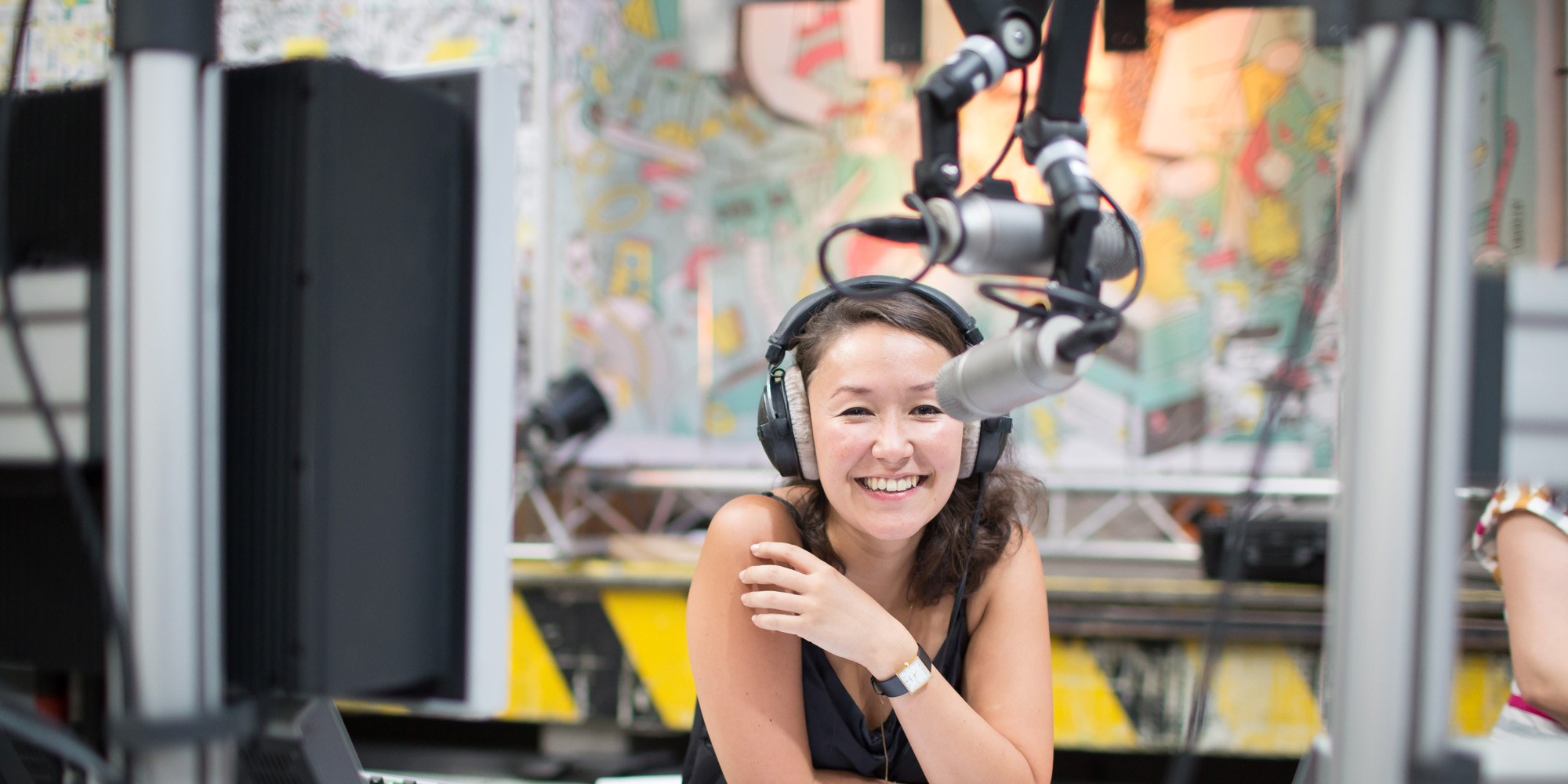
Credit: Florian Voggeneder
The ORF-Austrian Broadcasting Company’s radio station FM4 reported live from POSTCITY.
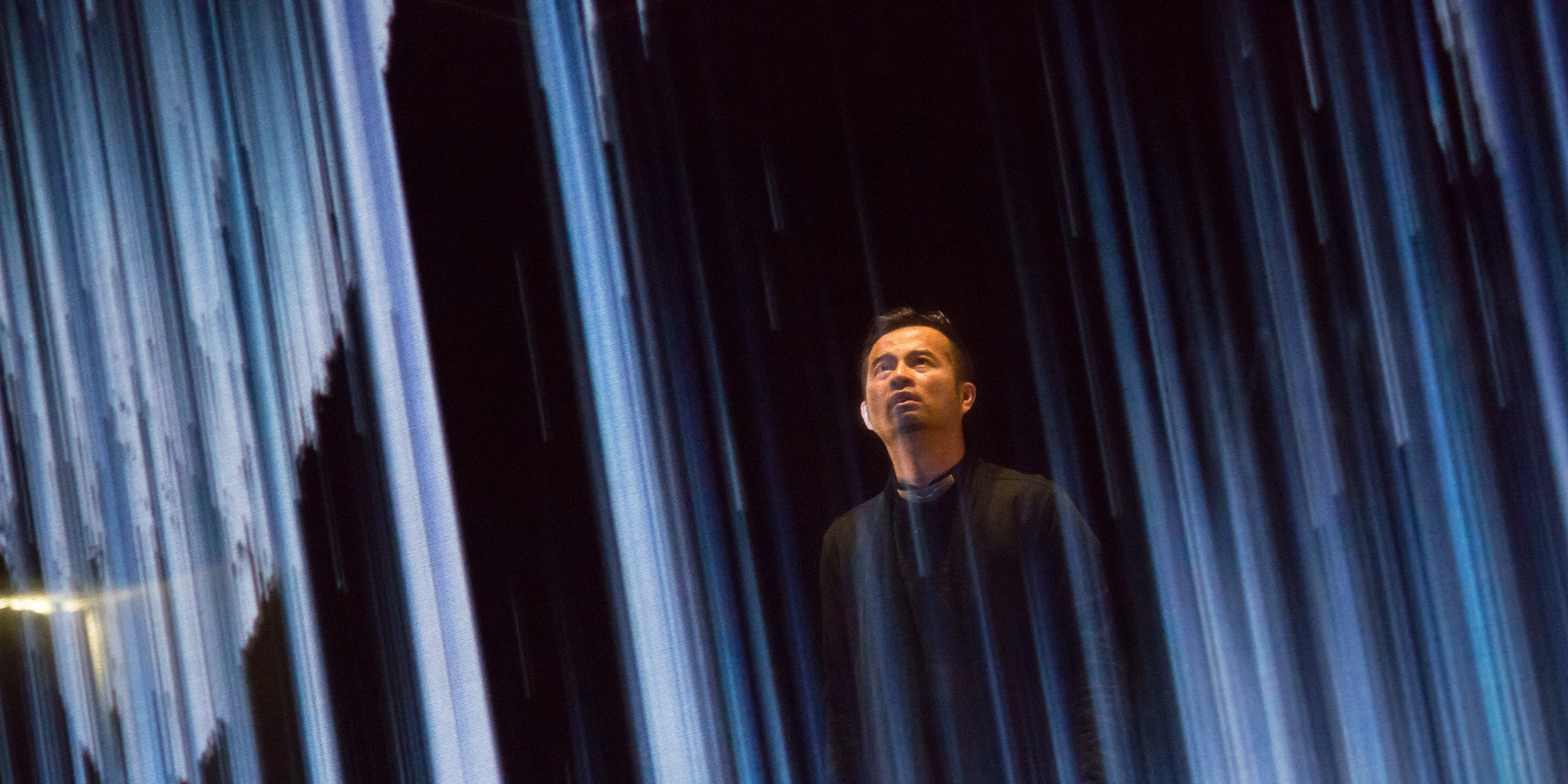
Credit: Tom Mesic
Pao-Chang Tsai performed “Solo Date” in a stylish setting: the LENTOS Art Museum.

Credit: Tom Mesic
Nightline was a highlight of the jam-packed after-dark lineup.
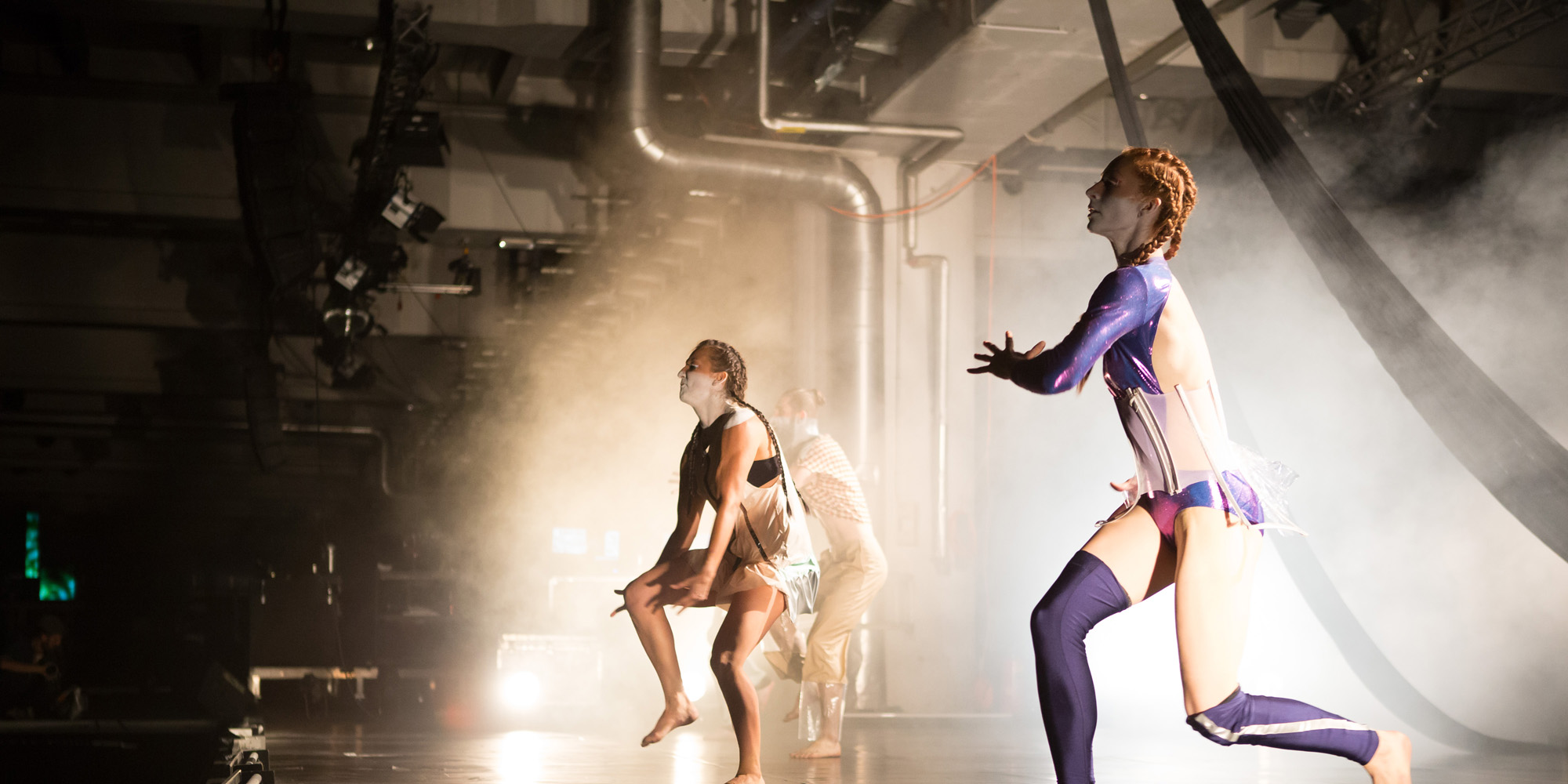
Credit: Florian Voggeneder
“MYGRATION-beget” by SILK Fluegge was set in the Train Hall, an impressive venue for concerts and performances.
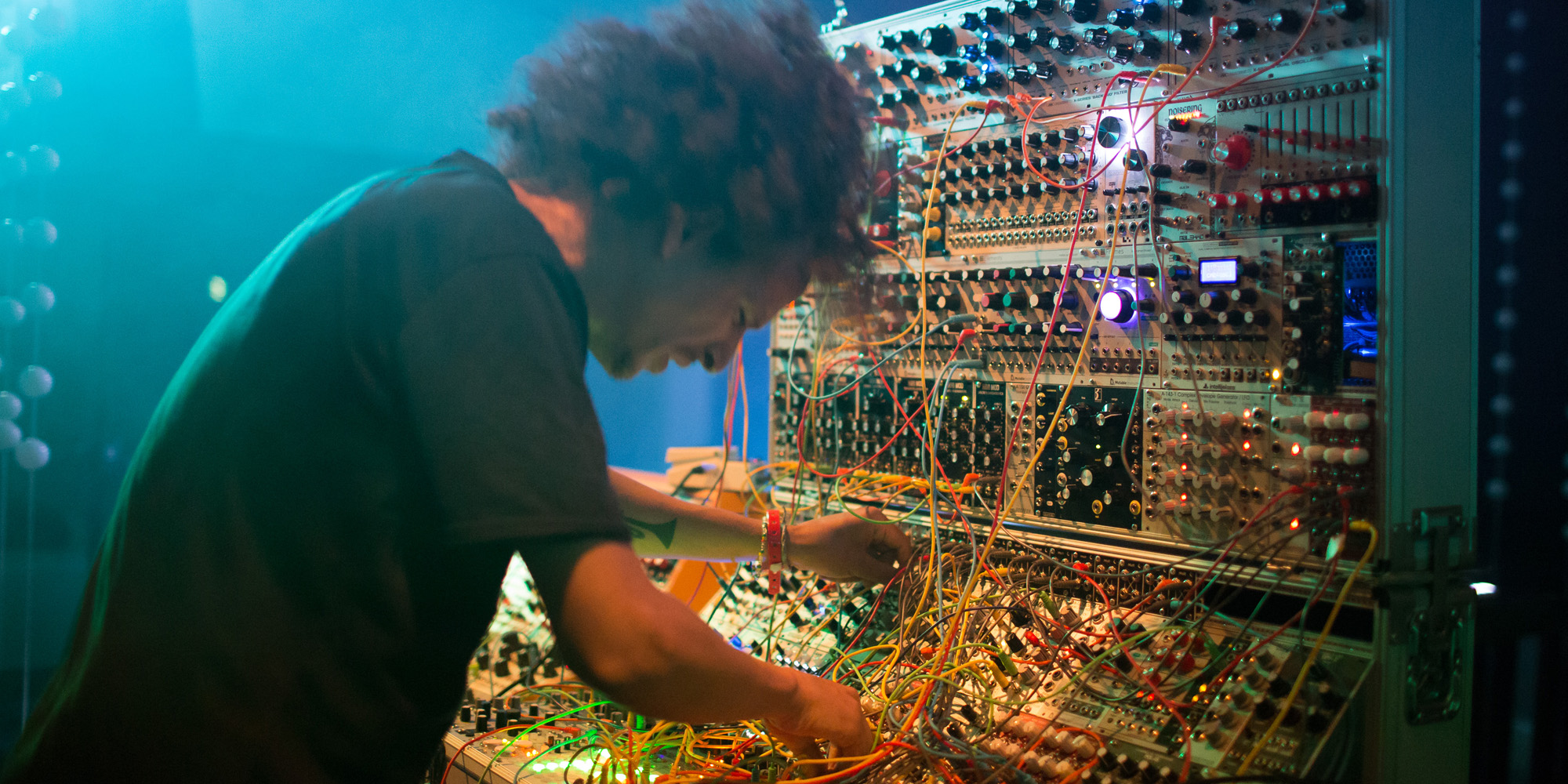
Credit: Florian Voggeneder
Nightline—no complaints about a dearth of decibels here.

Credit: Tom Mesic
The highlight of the CyberArts exhibition in the OK Center for Contemporary Art was a performance of Louis-Philippe Demers’ “Inferno” in which audience members could assume the roles of robots.
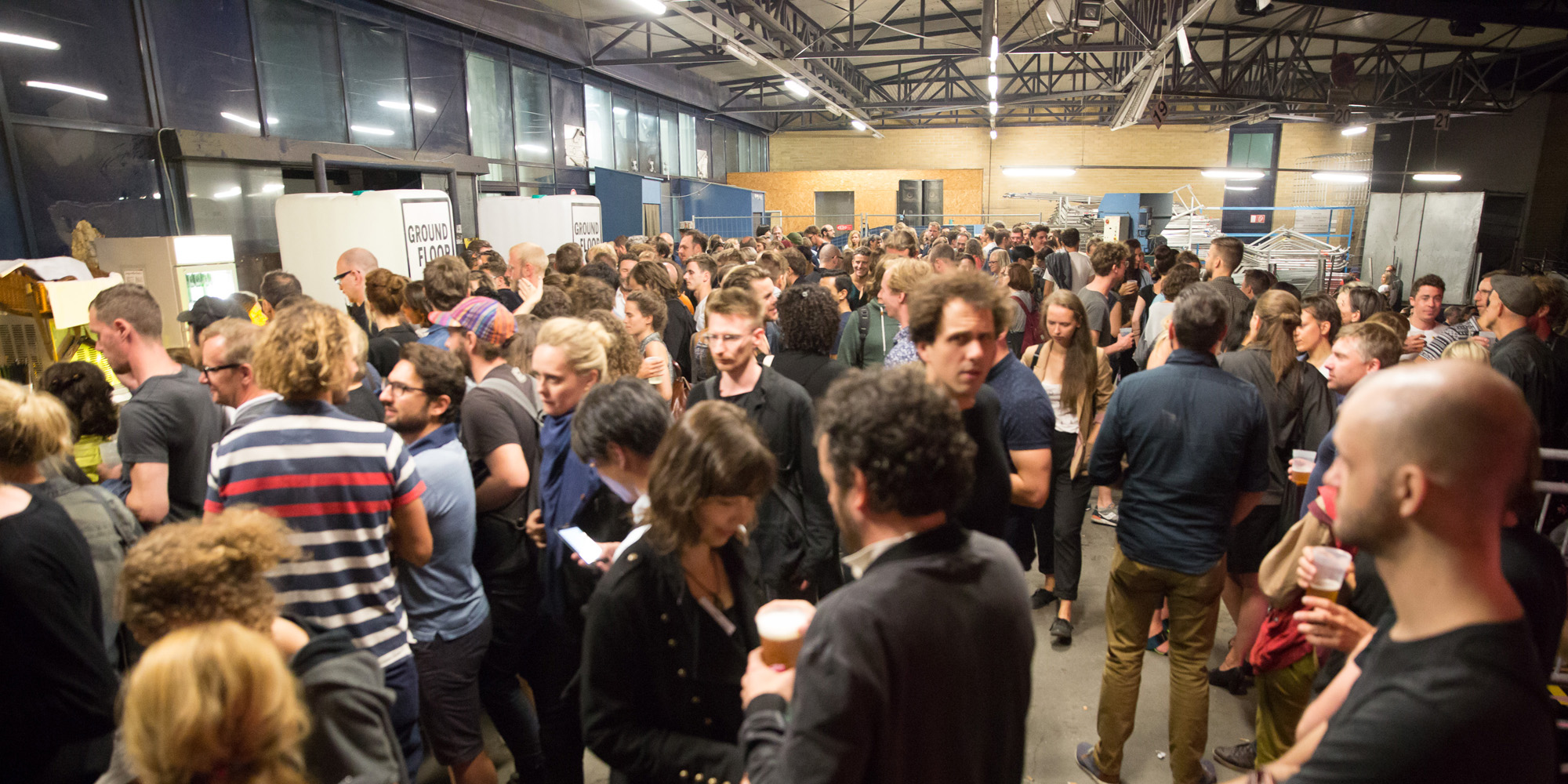
Credit: Florian Voggeneder
There was a big turnout for the 2016 Ars Electronica Festival Opening at POSTCITY.
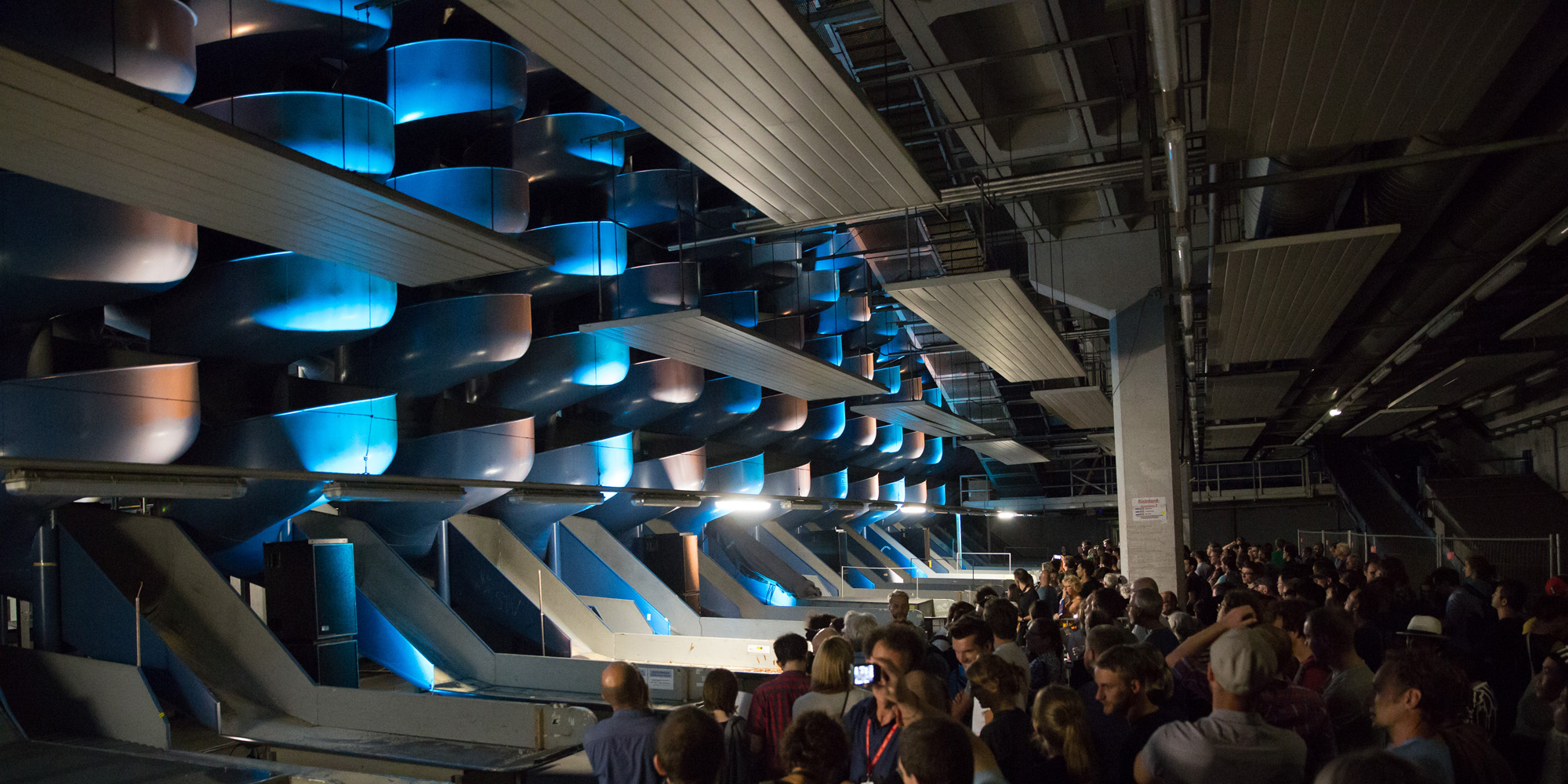
Credit: Florian Voggeneder
FM Einheit made the bank of blue spiral packet chutes resound.
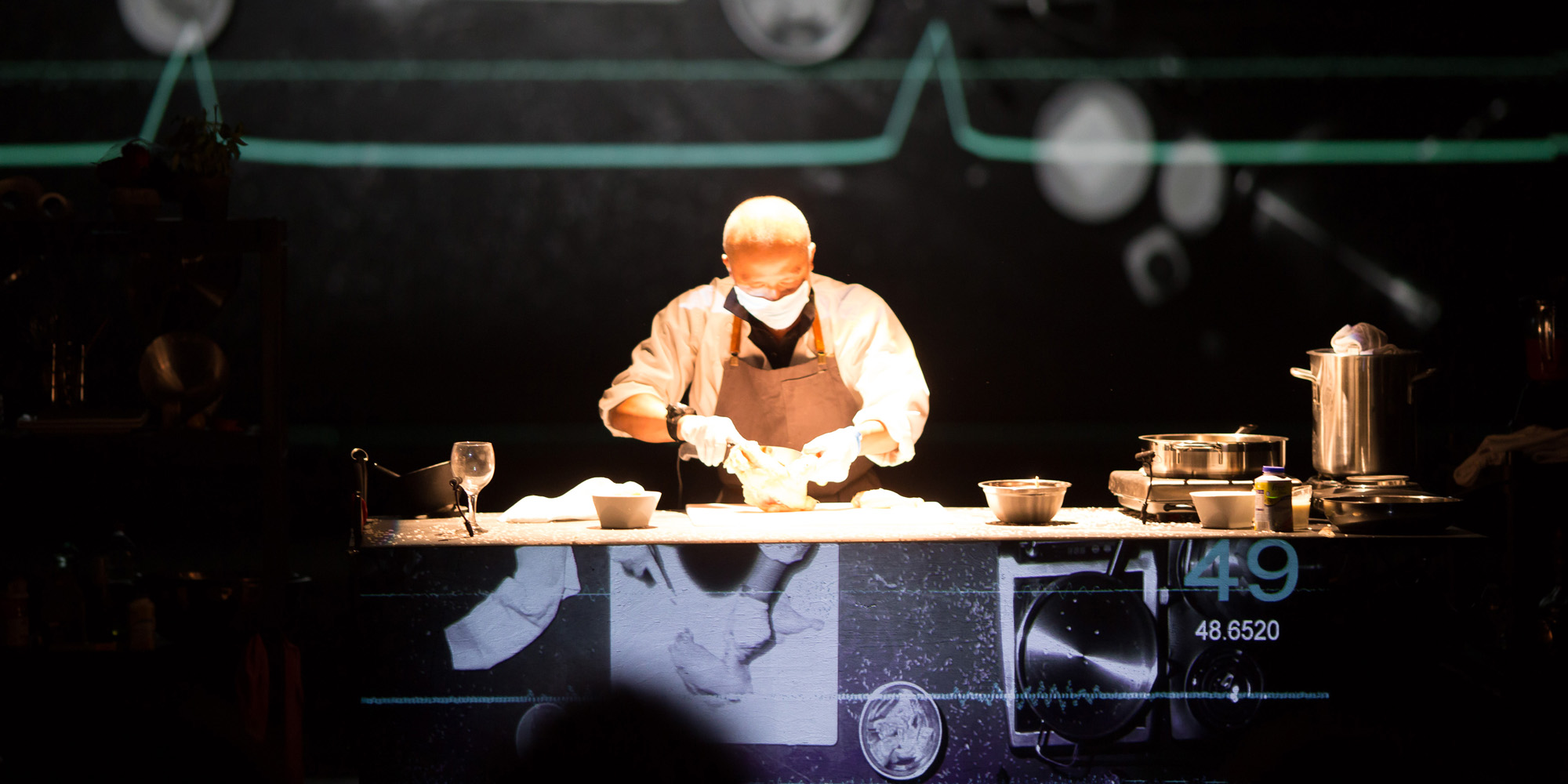
Credit: Florian Voggeneder
And “Practices of Everyday Life” spiced up the Opening with a culinary concert.
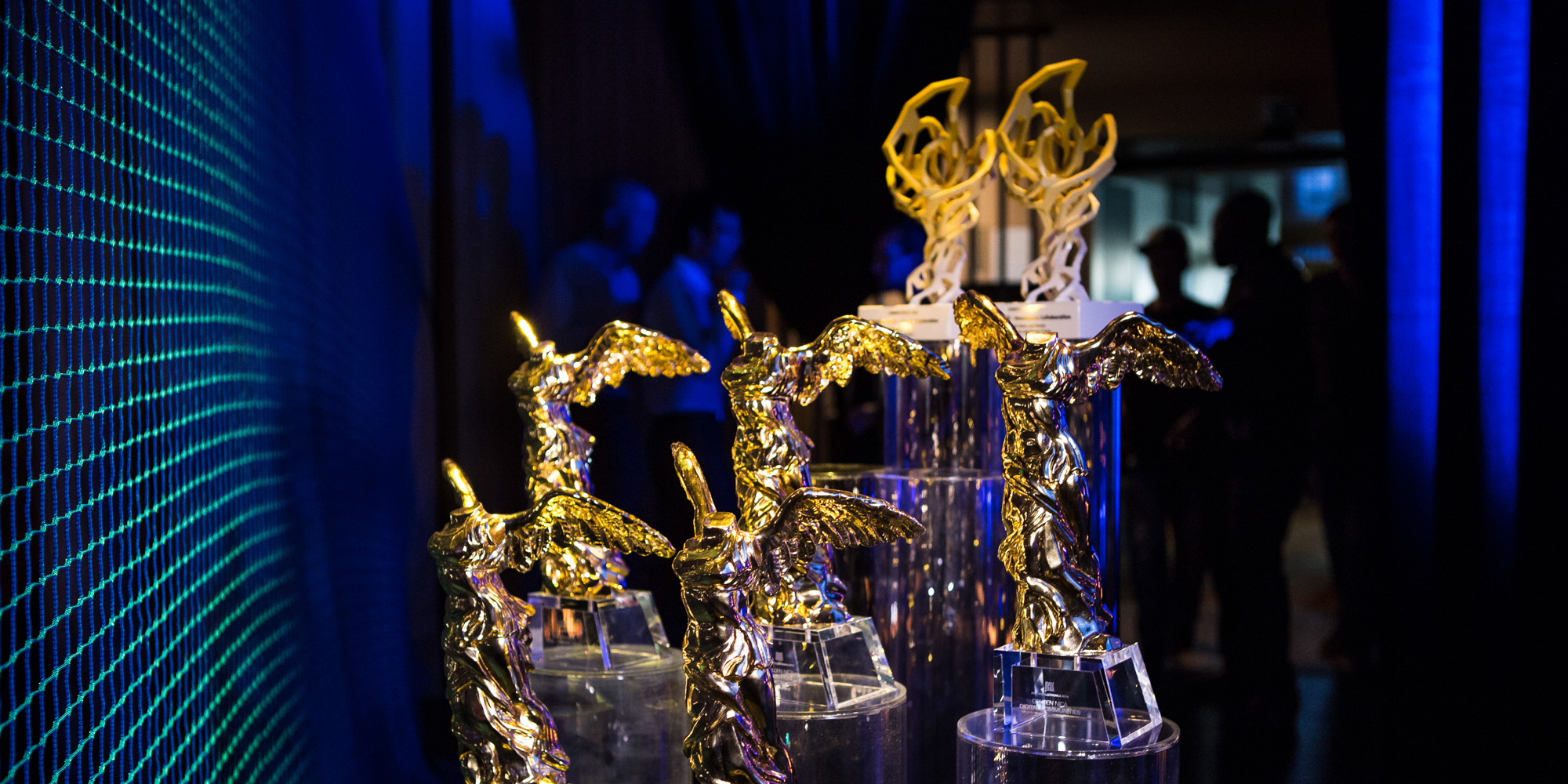
Credit: Florian Voggeneder
And let’s not forget about one of the essential elements of every festival—the awards ceremony honoring the winners of the Prix Ars Electronica, one of the world’s most coveted prizes honoring excellence in media art.
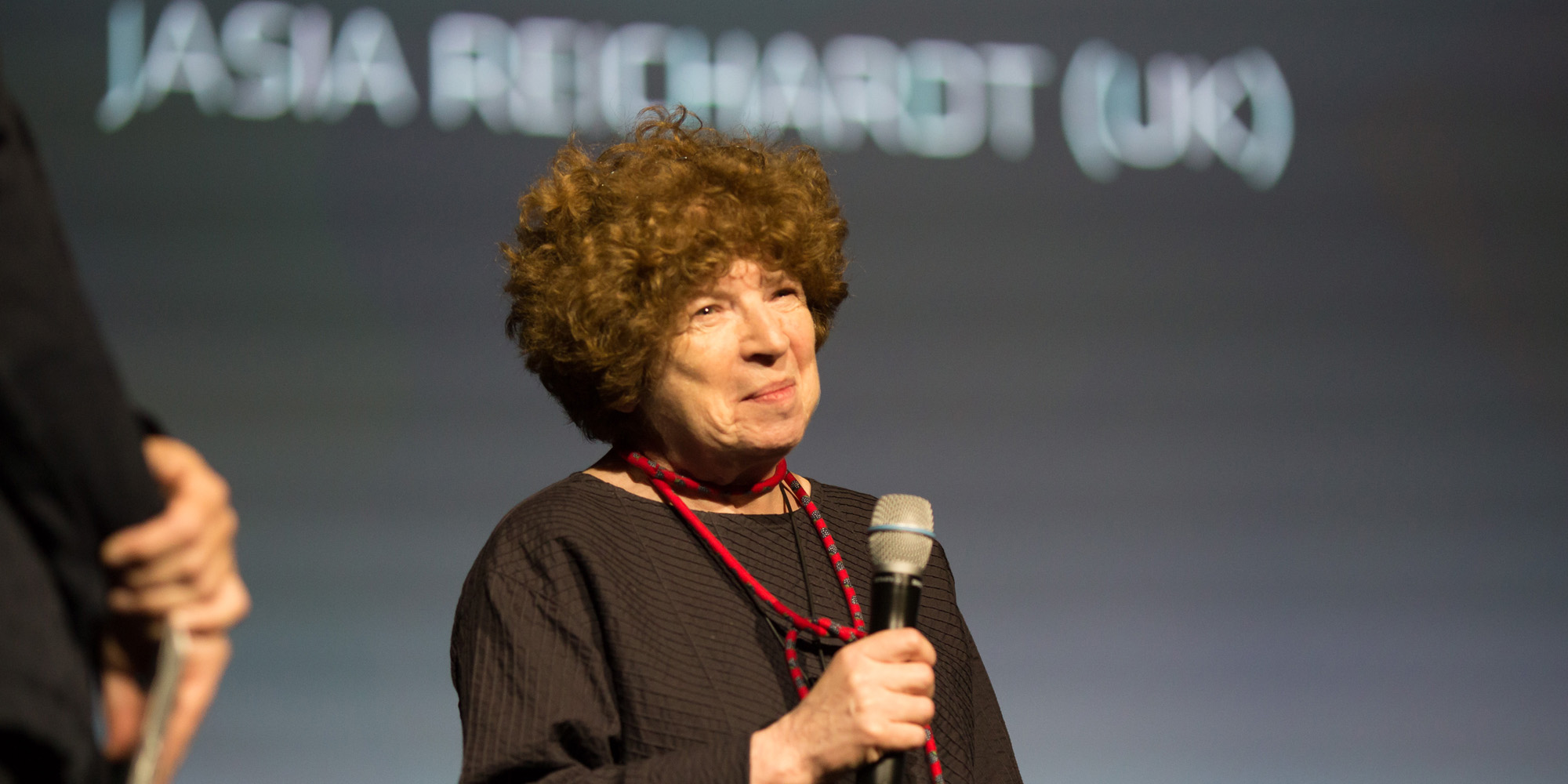
Credit: Florian Voggeneder
Jasia Reichardt, the 2016 laureate in Visionary Pioneers of Media Arts, receiving her Golden Nica.
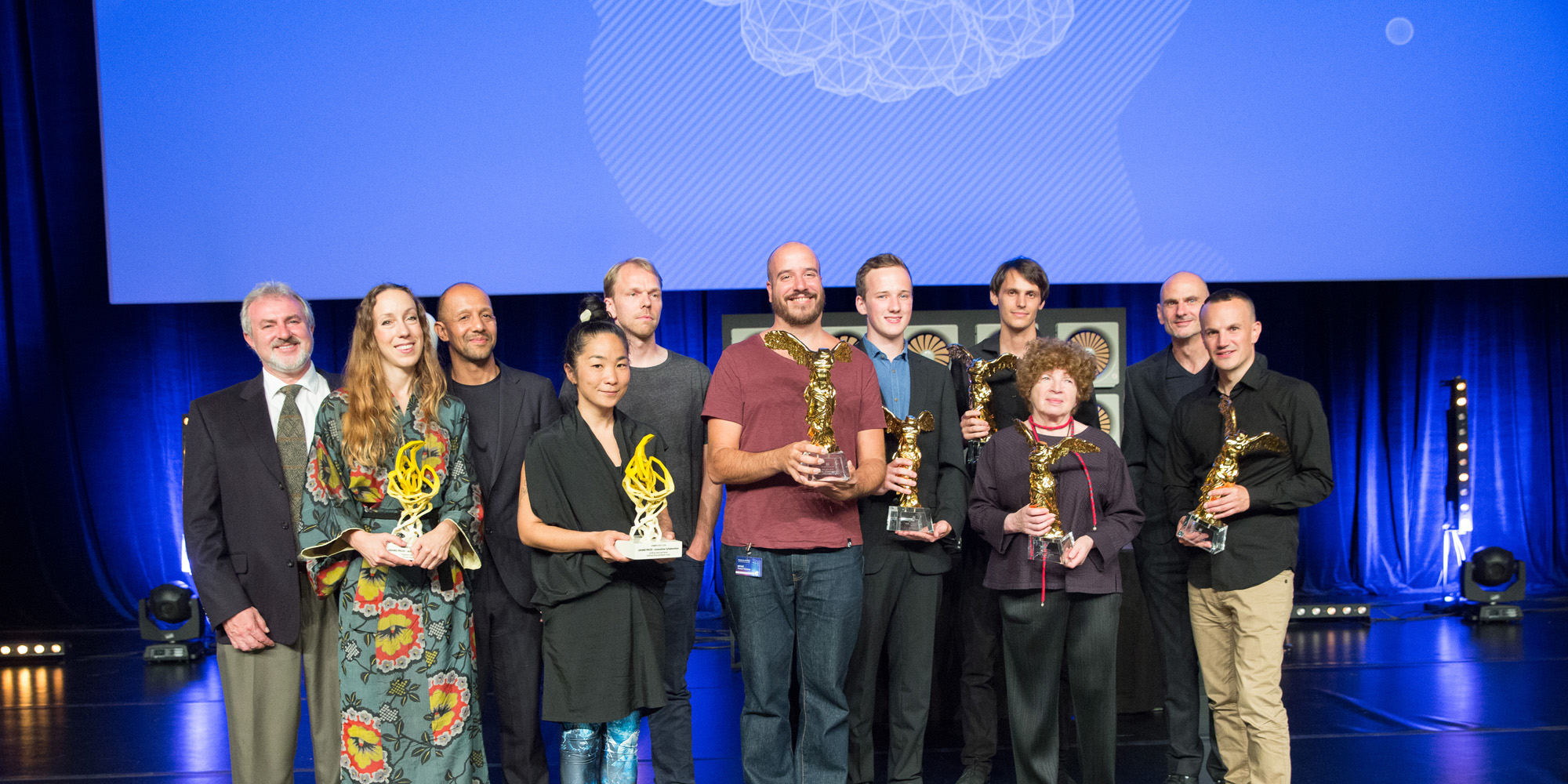
Credit: Florian Voggeneder
All the Prix Ars Electronica and STARTS Prize honorees were singled out for recognition at the Ars Electronica Gala in the Brucknerhaus.

Credit: Florian Voggeneder
At the OK Center for Contemporary Art, which also hosted the CyberArts exhibition showcasing this year’s prizewinning works, the Prix Ars Electronica honorees talked about their projects at the Prix Forums.

Credit: Florian Voggeneder
The prizewinners in the Prix Ars Electronica’s u19 – CREATE YOUR WORLD category for young people received their awards in the late afternoon in POSTCITY. Here, Austrian Chancellor Christian Kern personally bestows the media art prize on 17-year-old Jonas Bodingbauer.
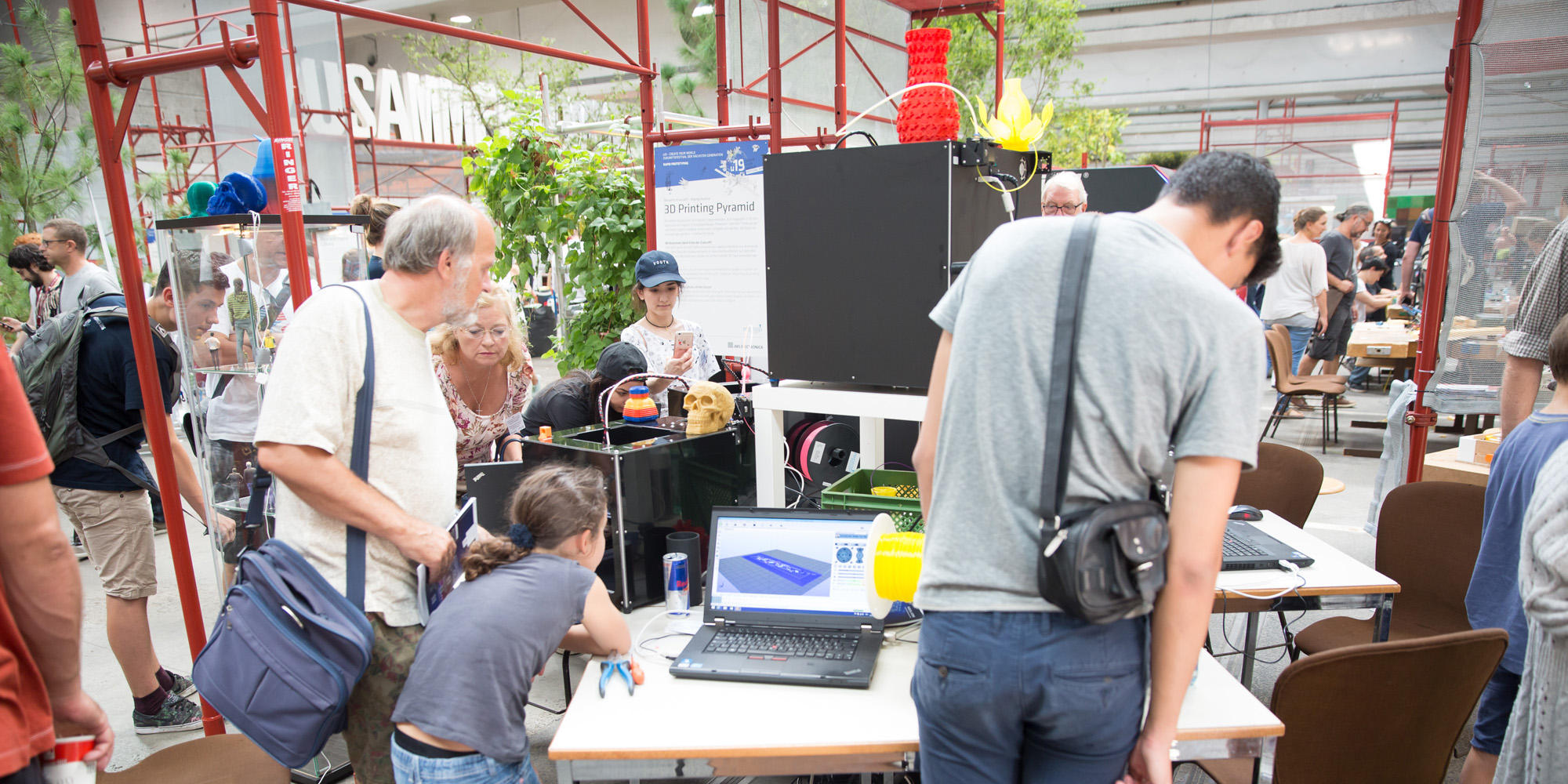
Credit: Tom Mesic
The hustle & bustle in POSTCITY continued through September 12th.
